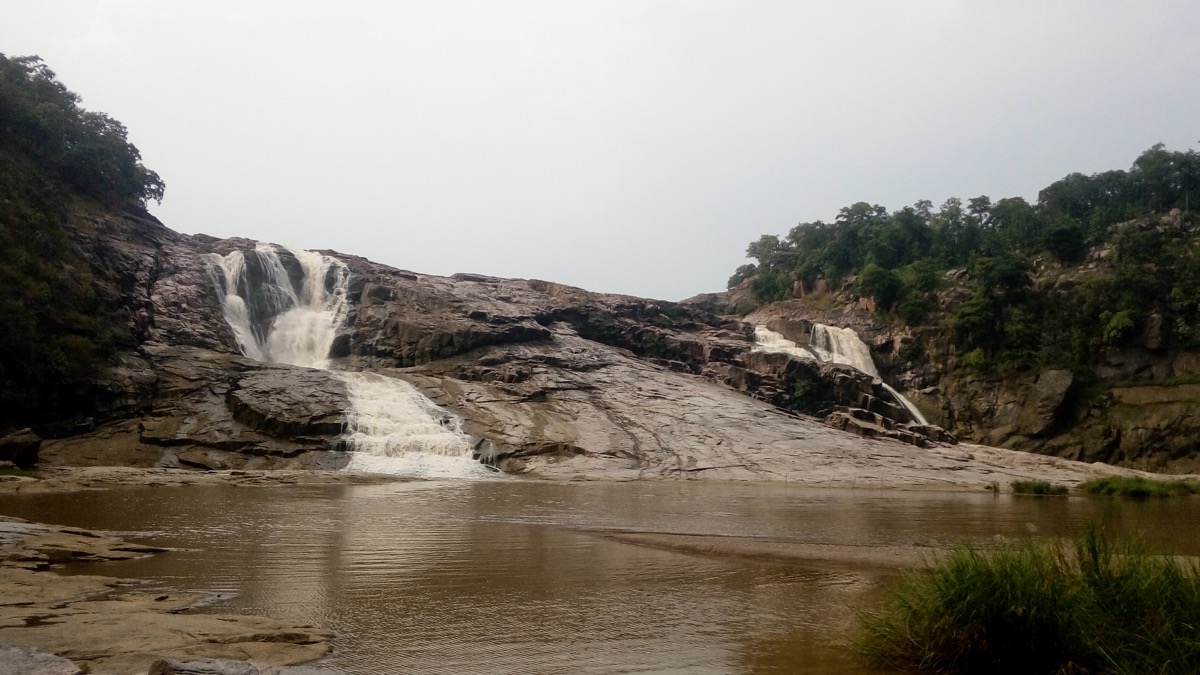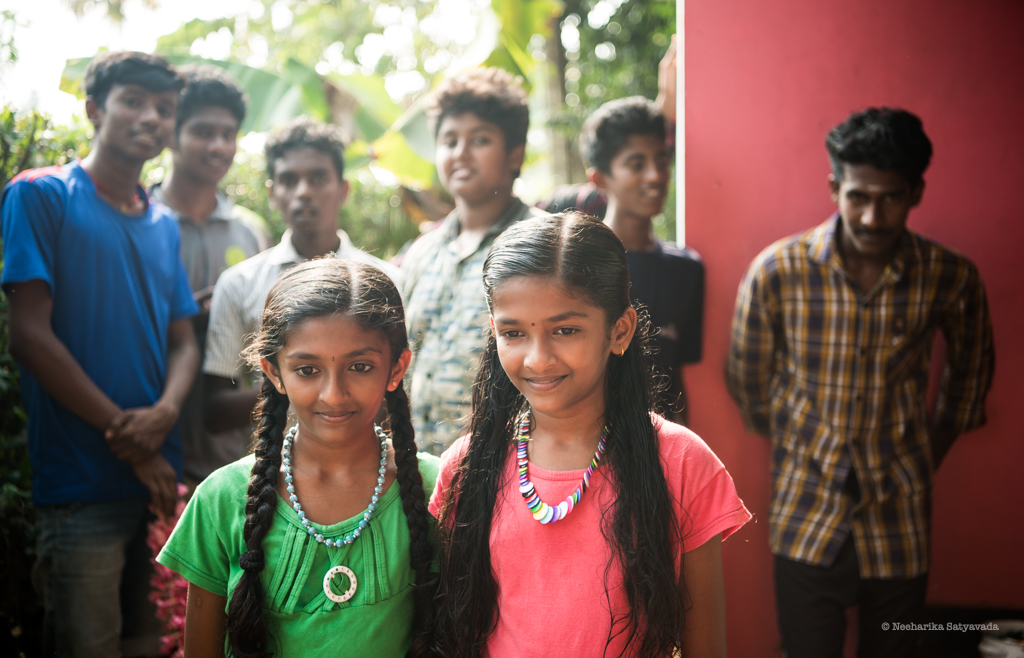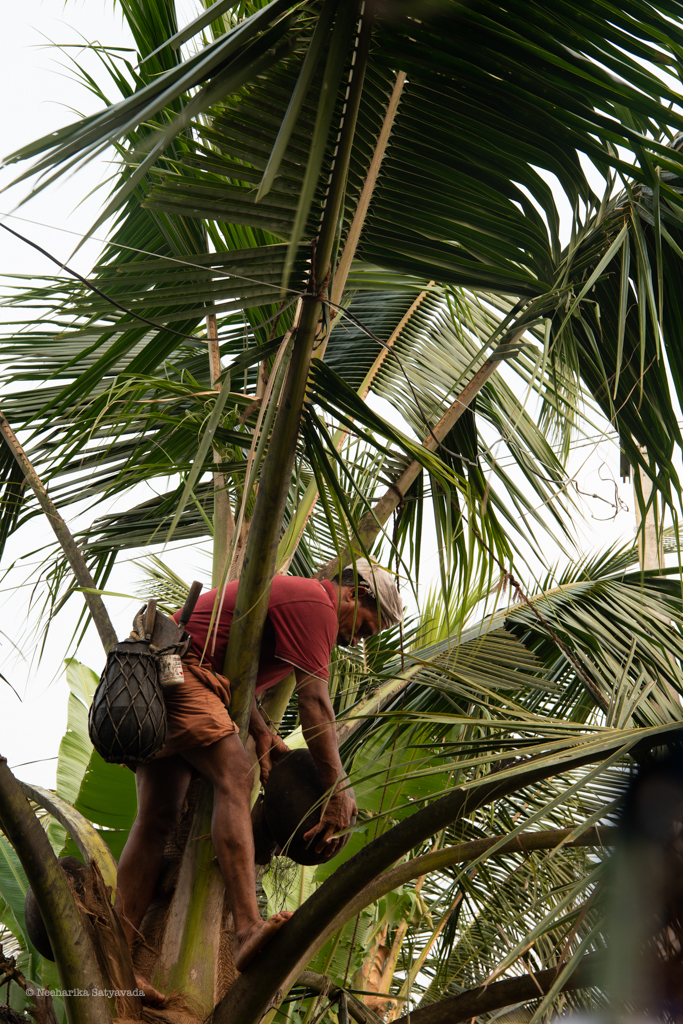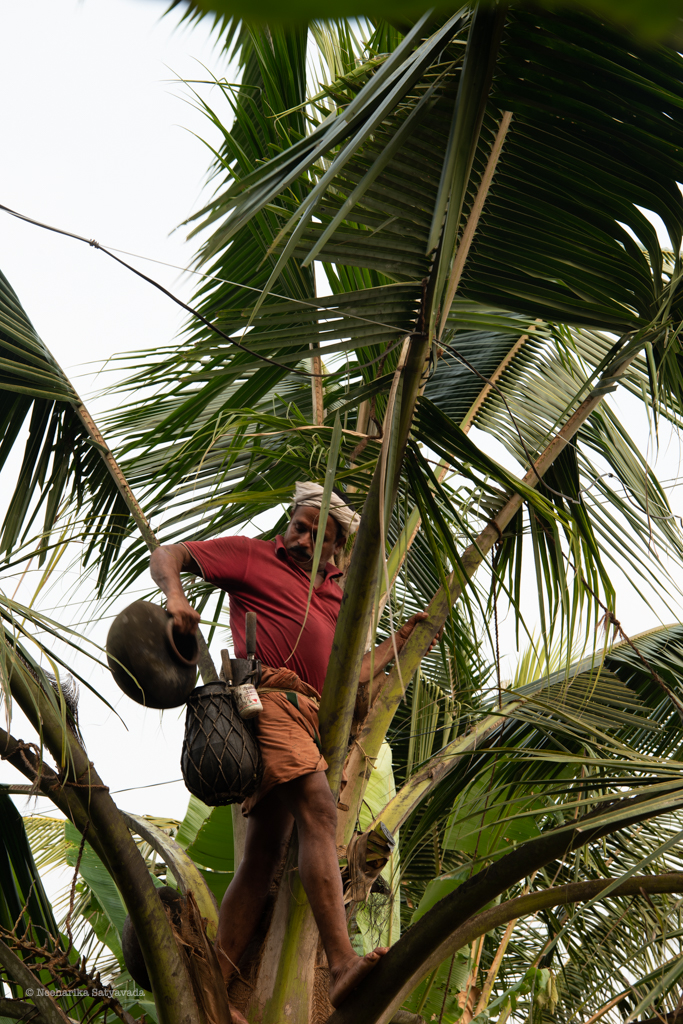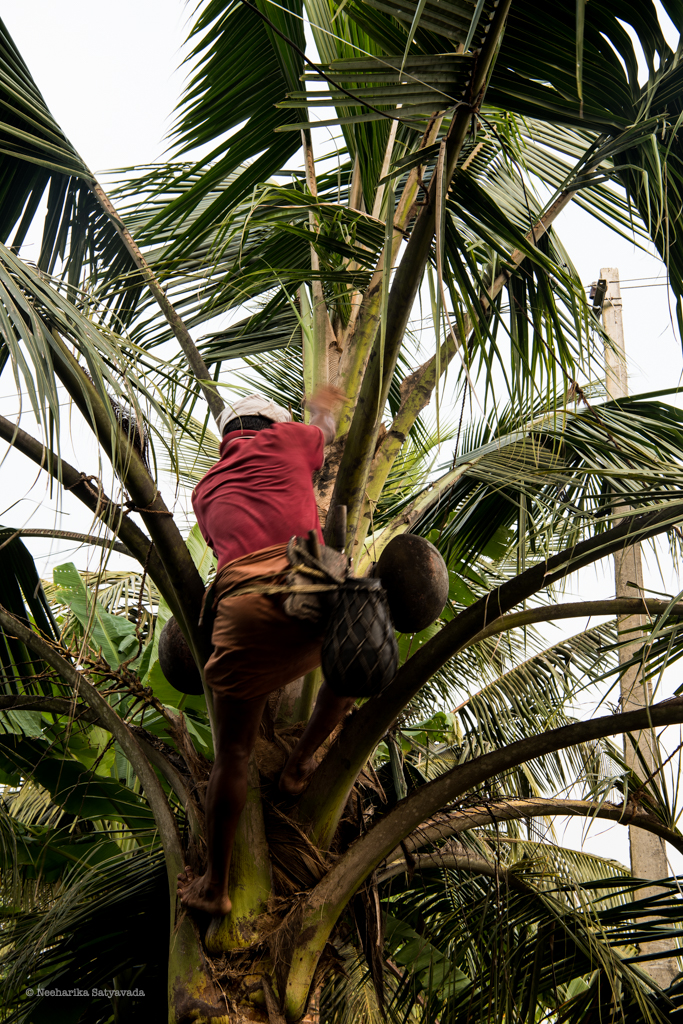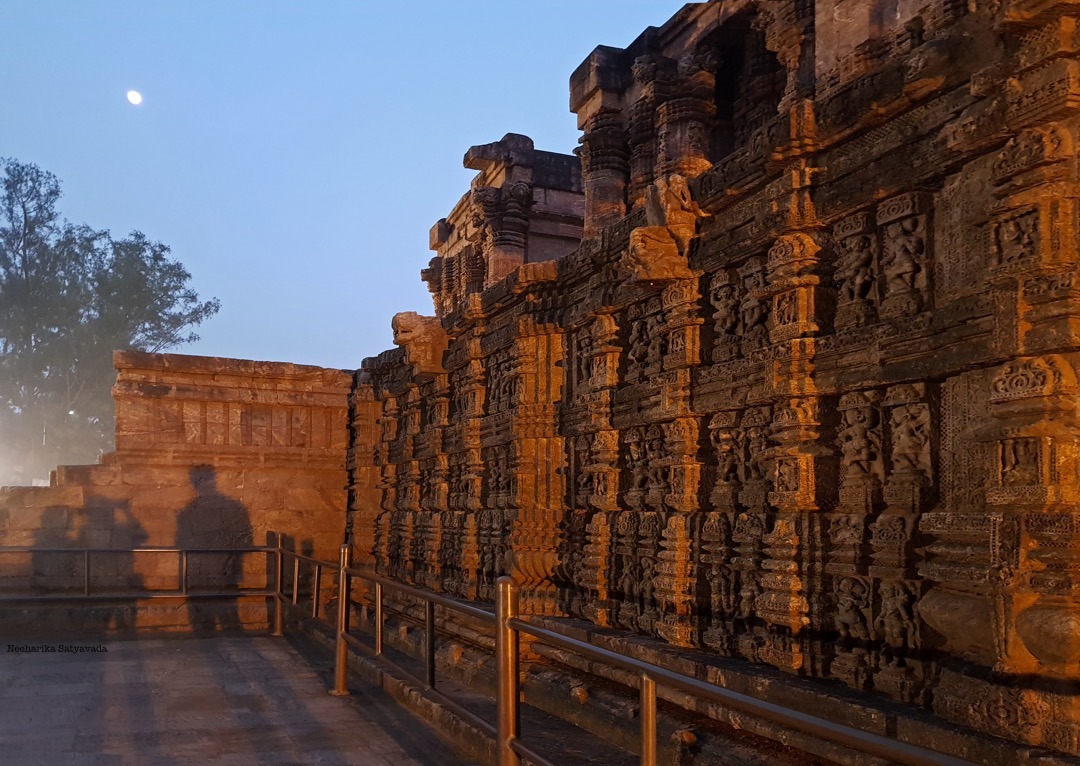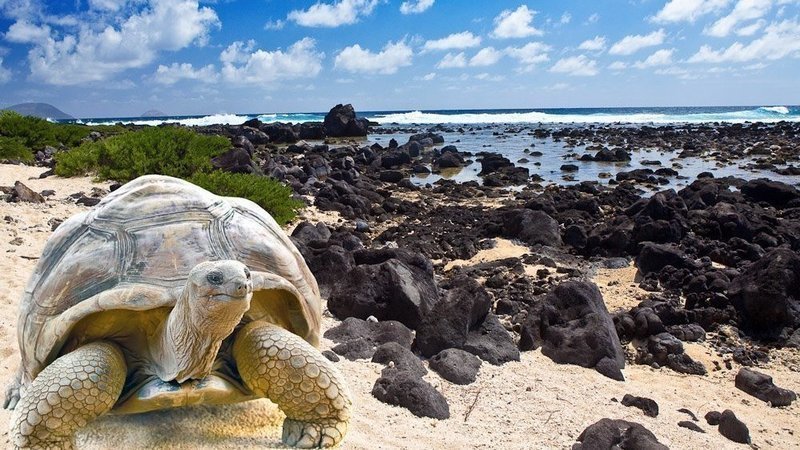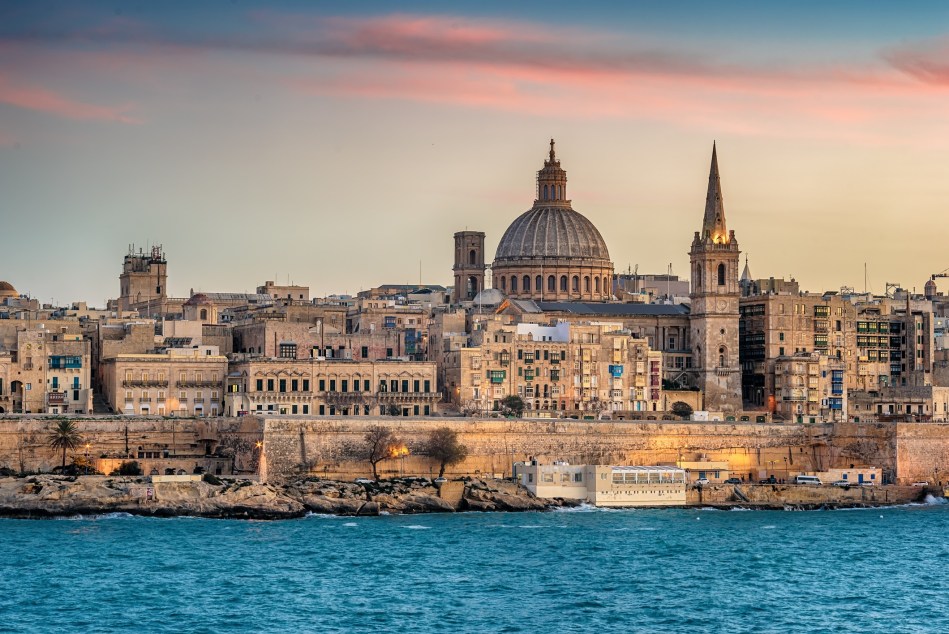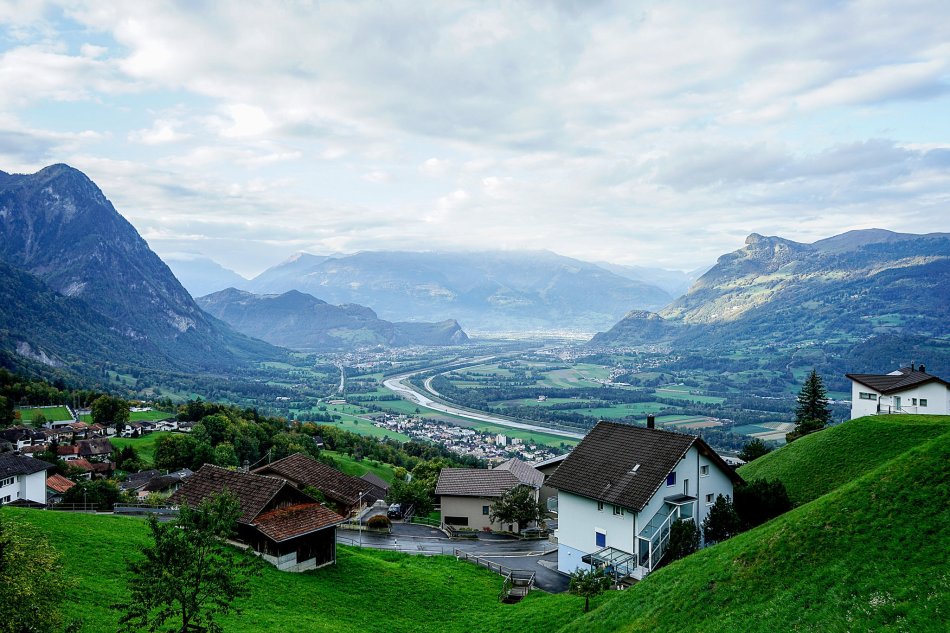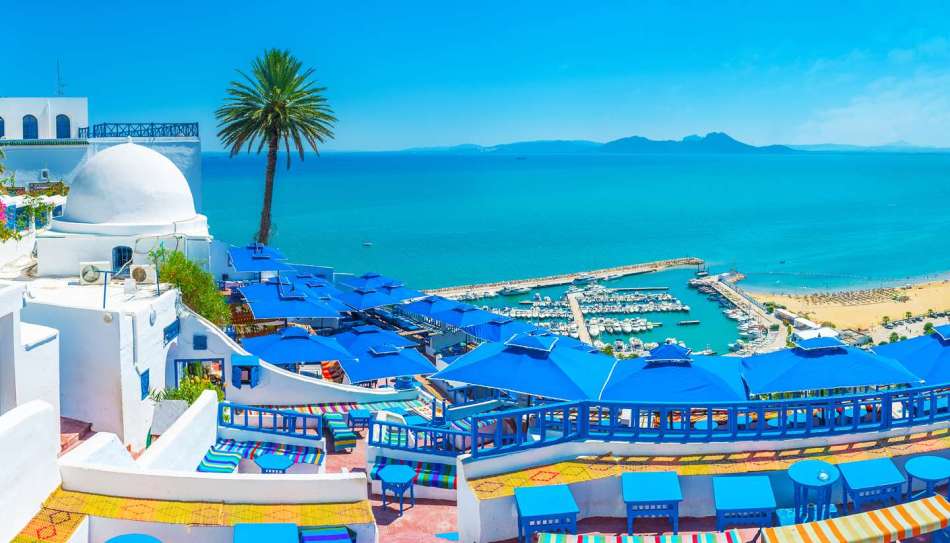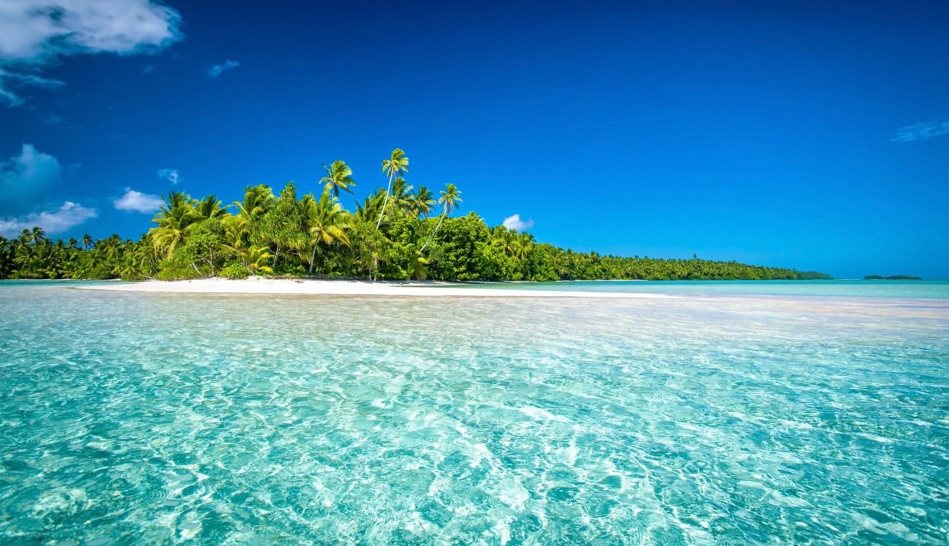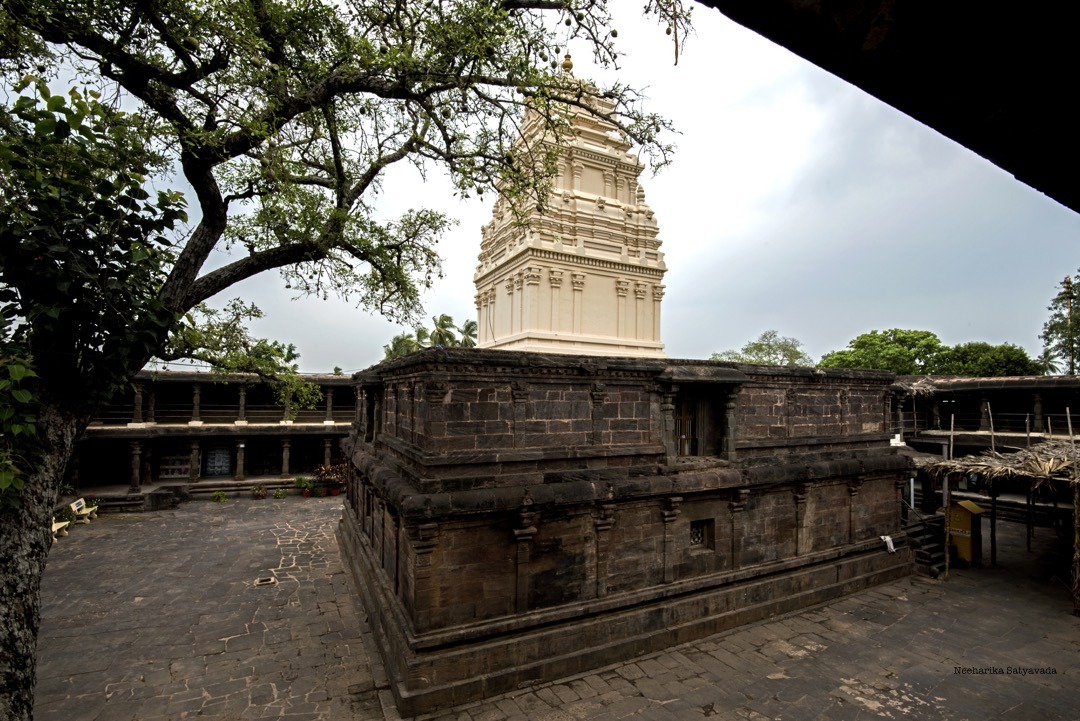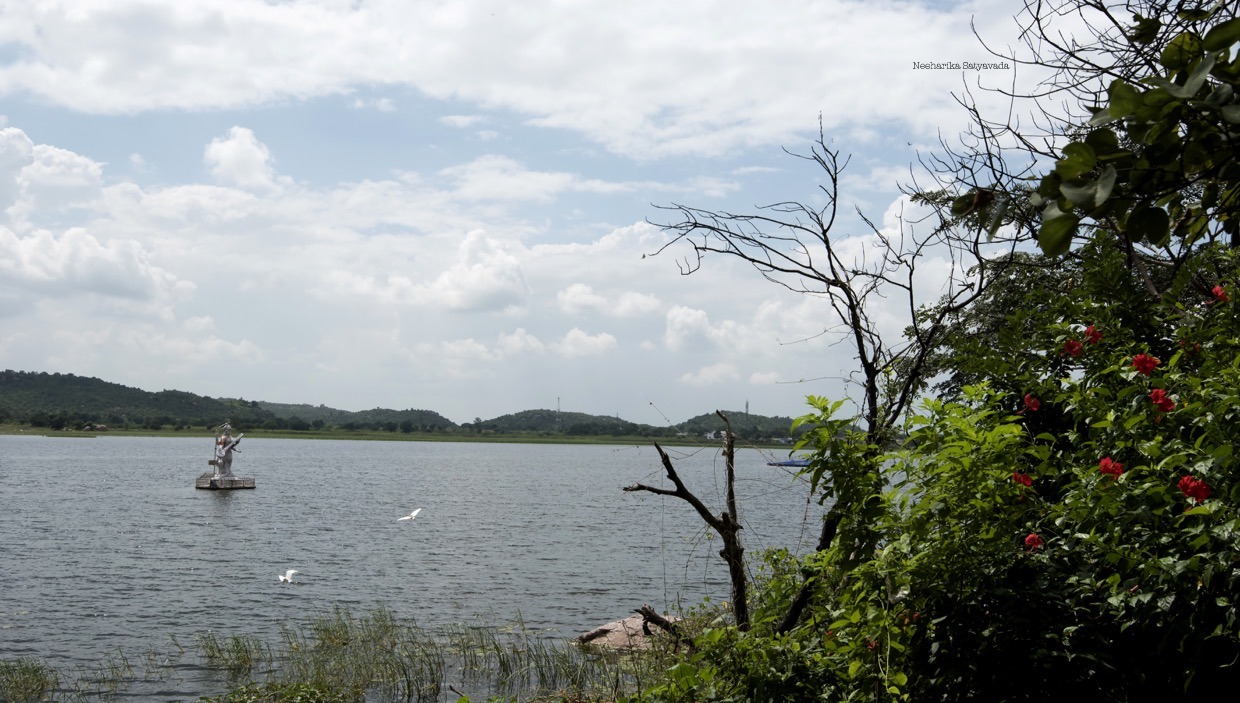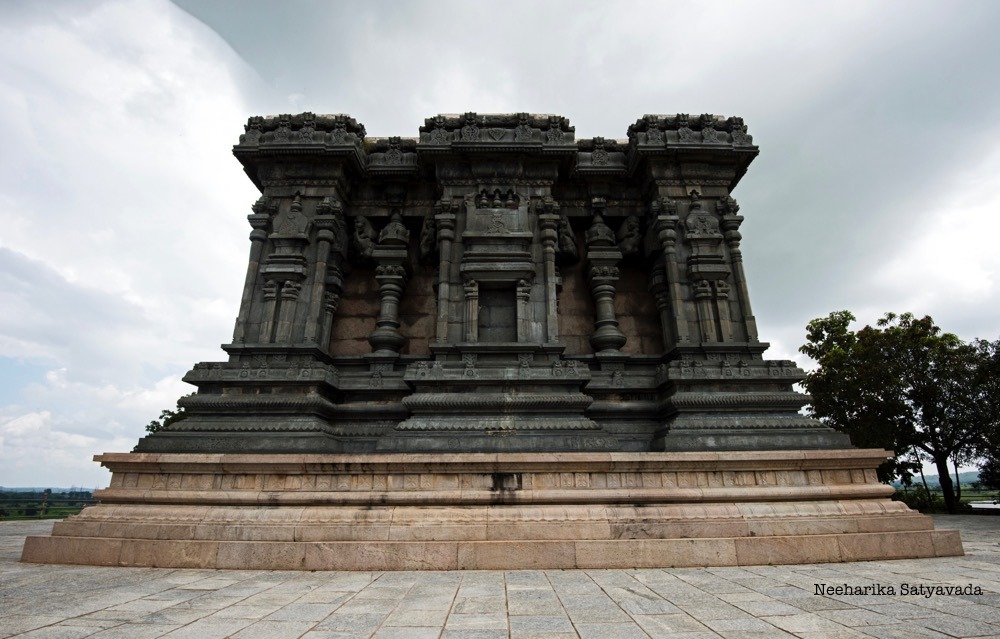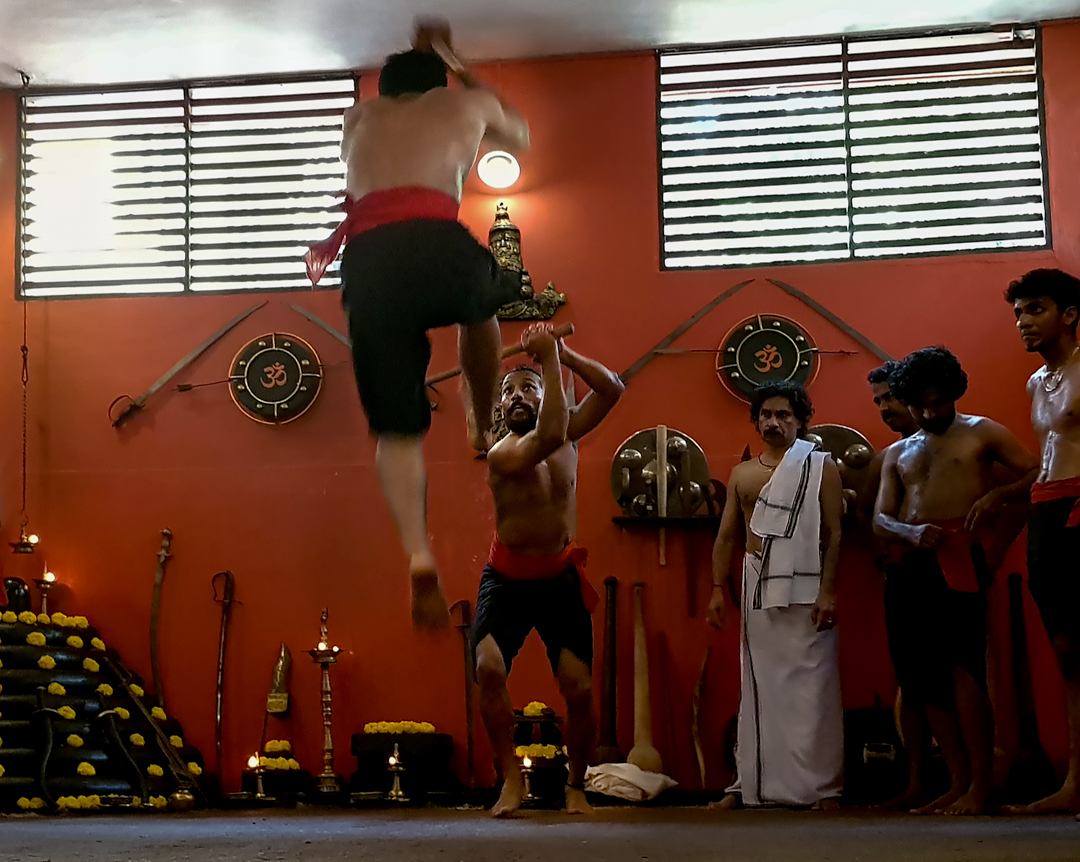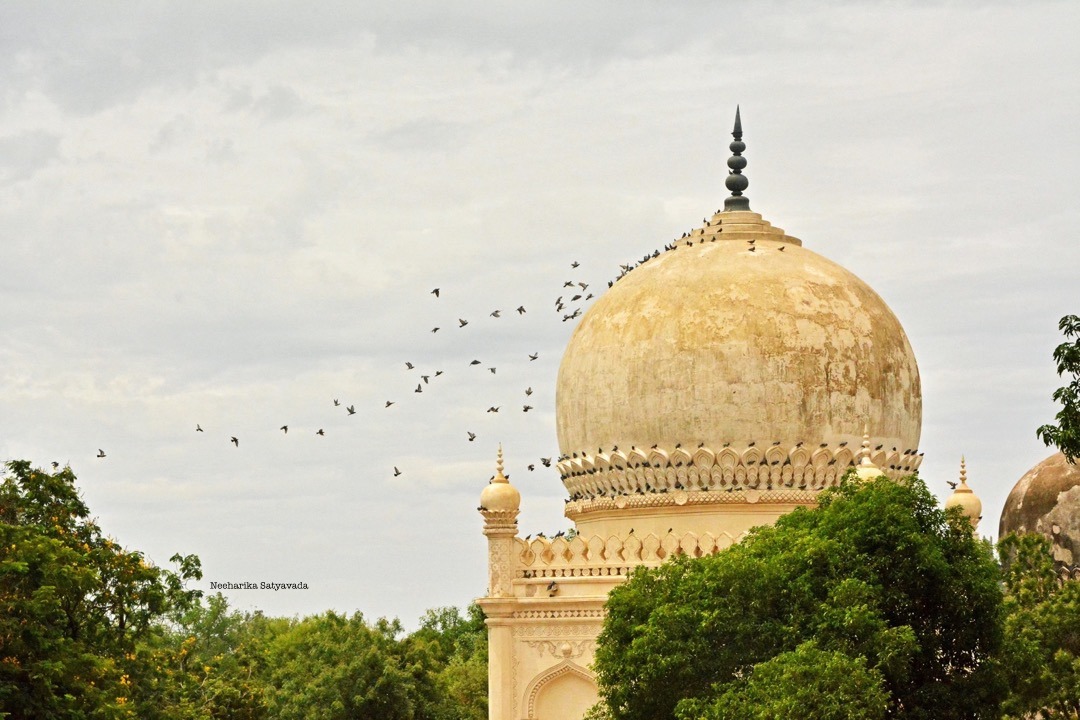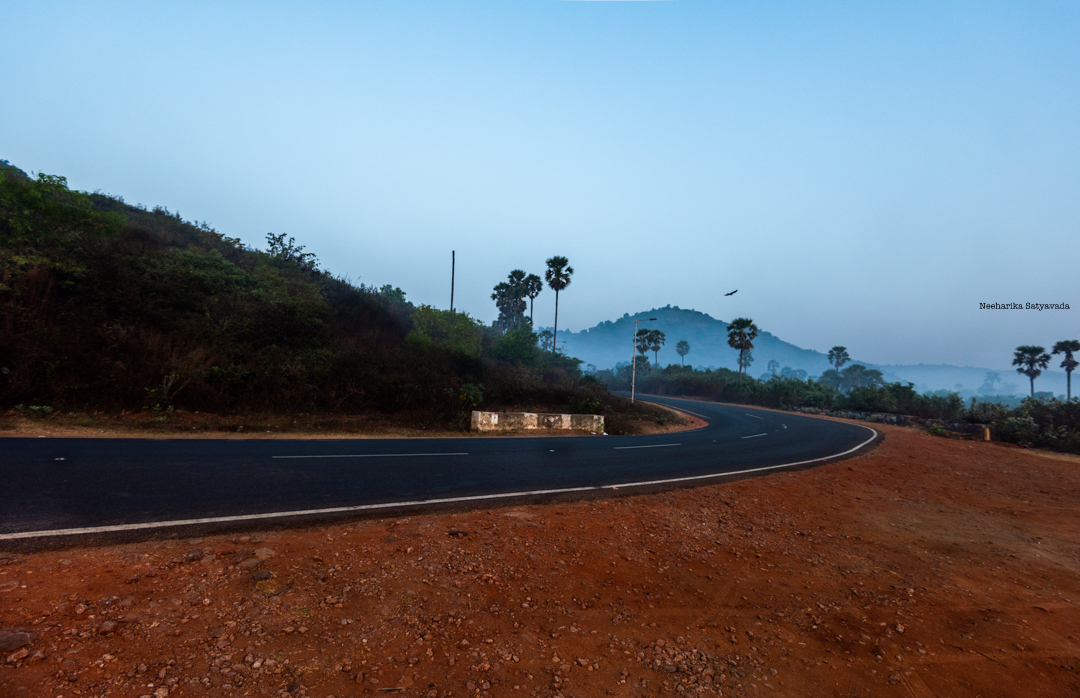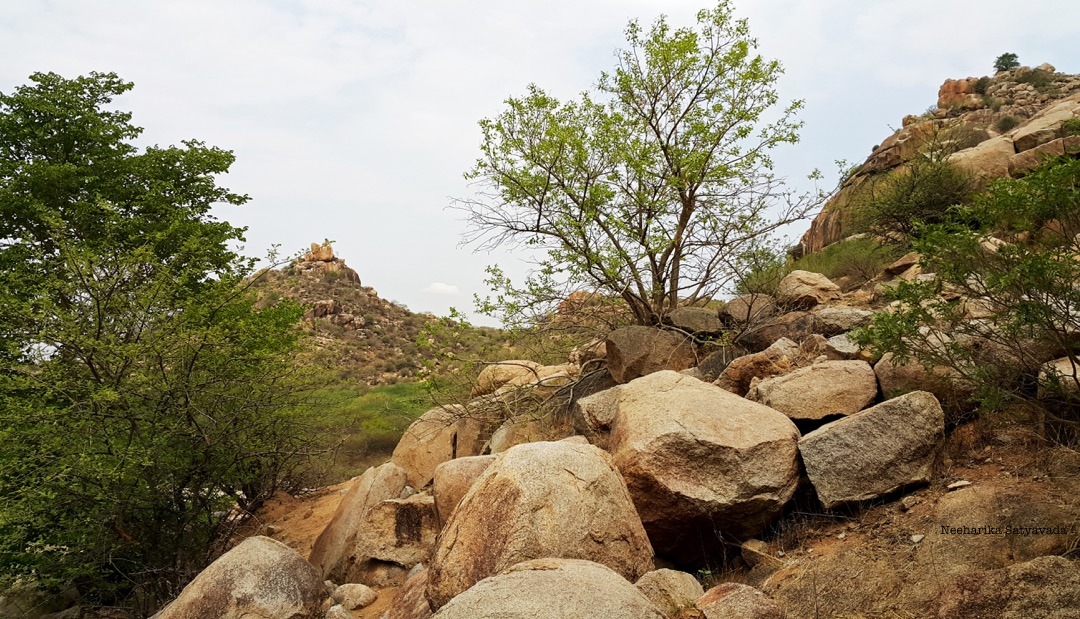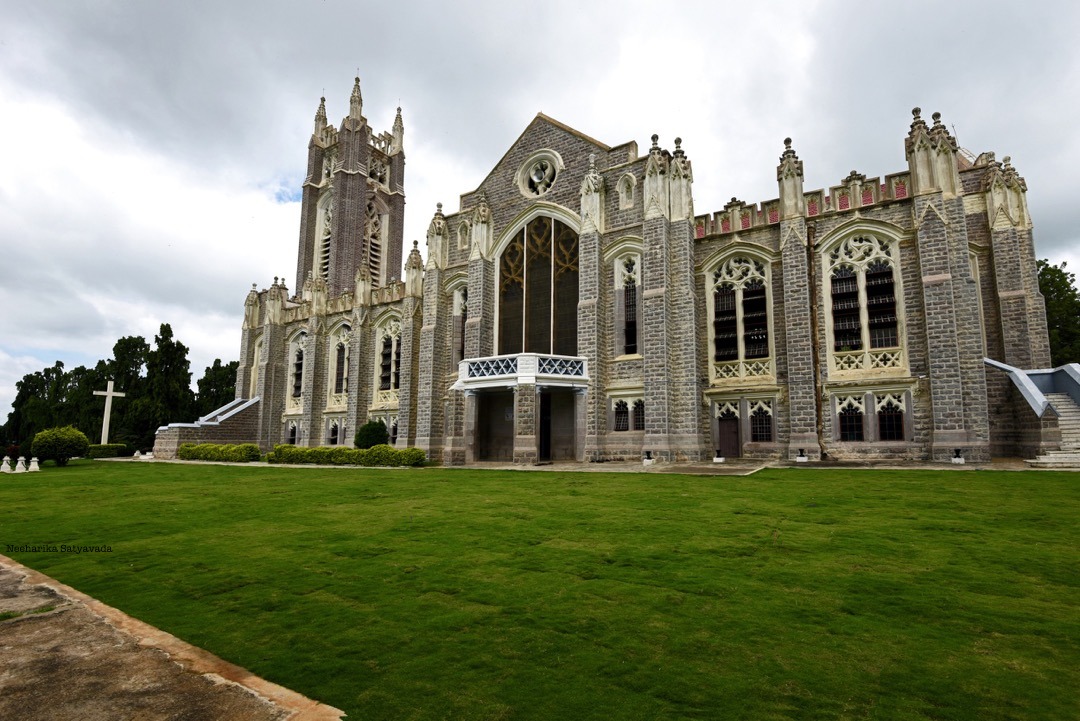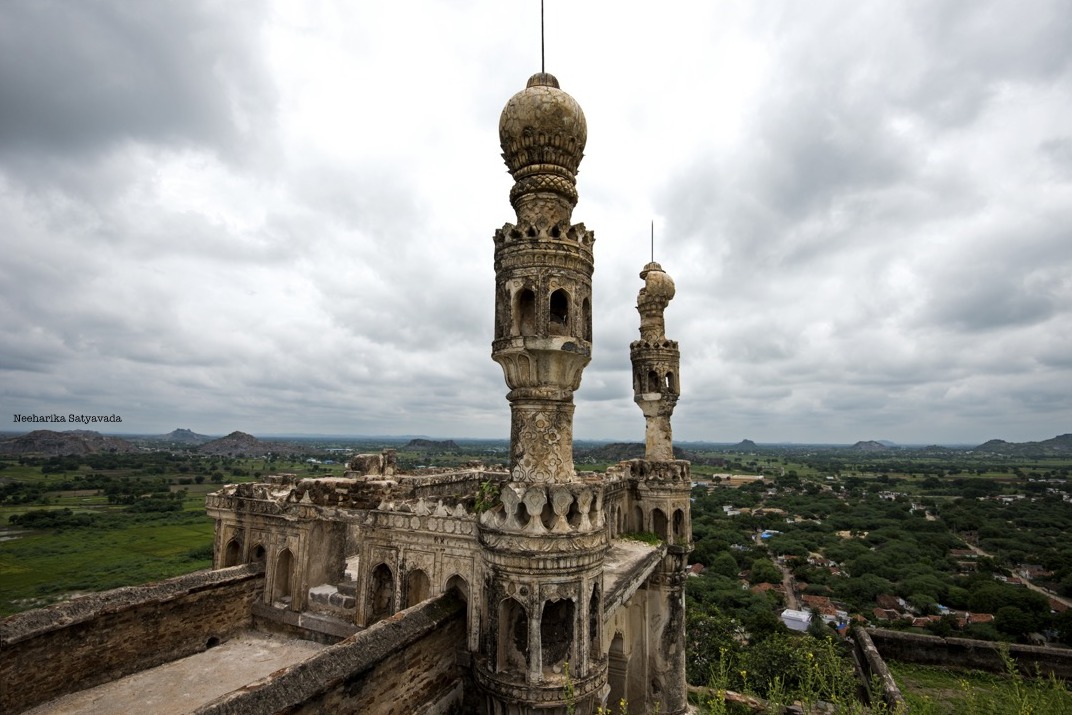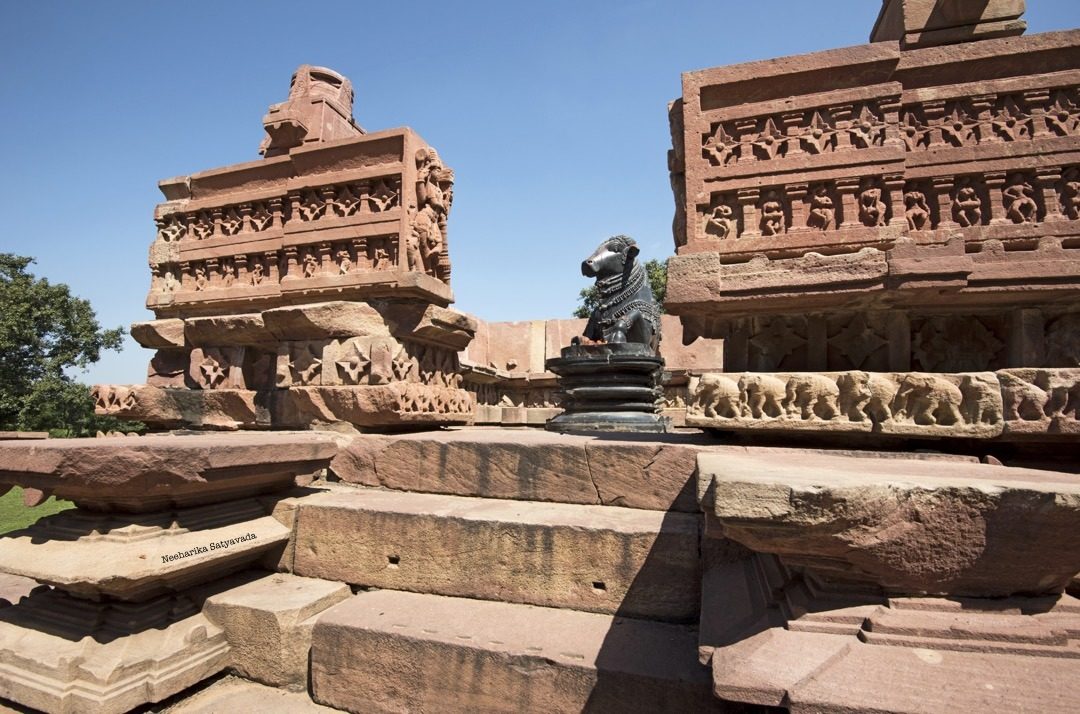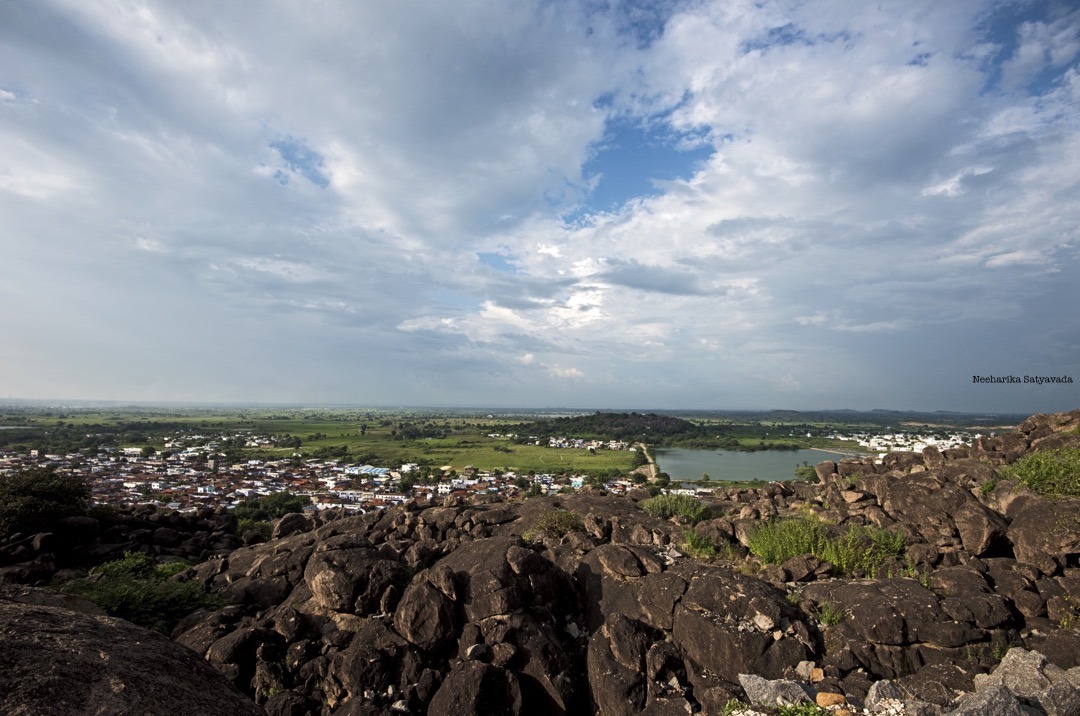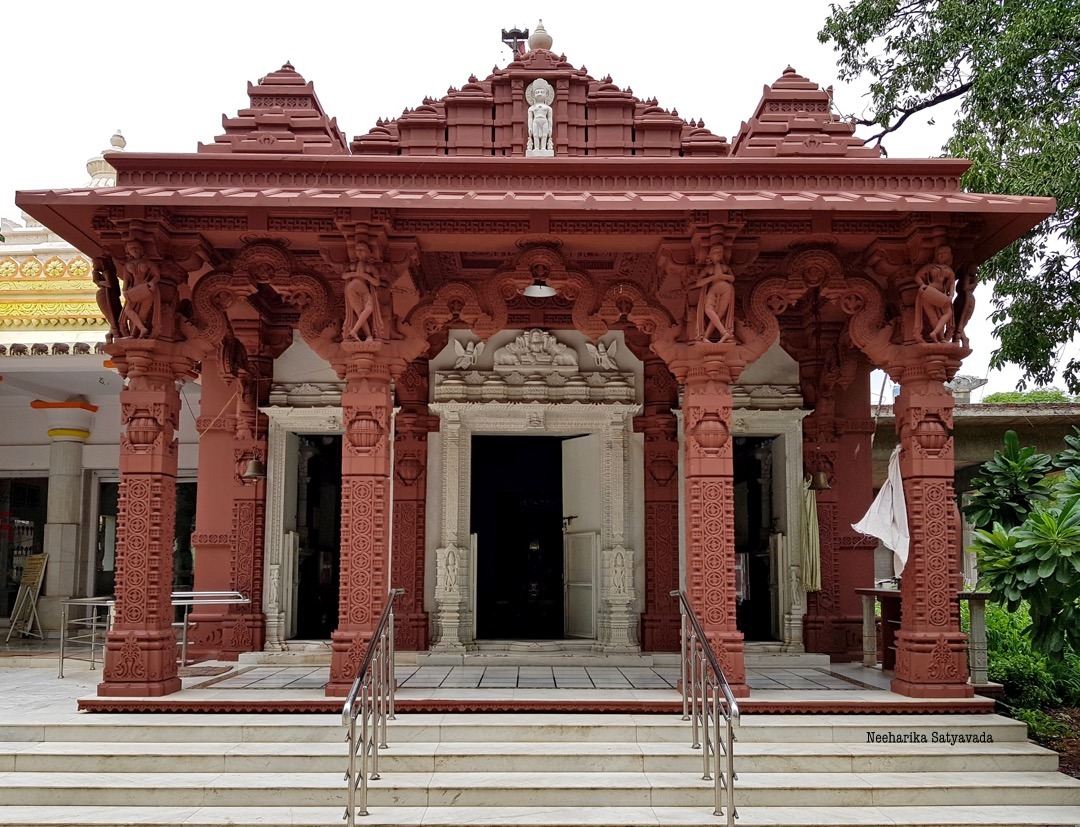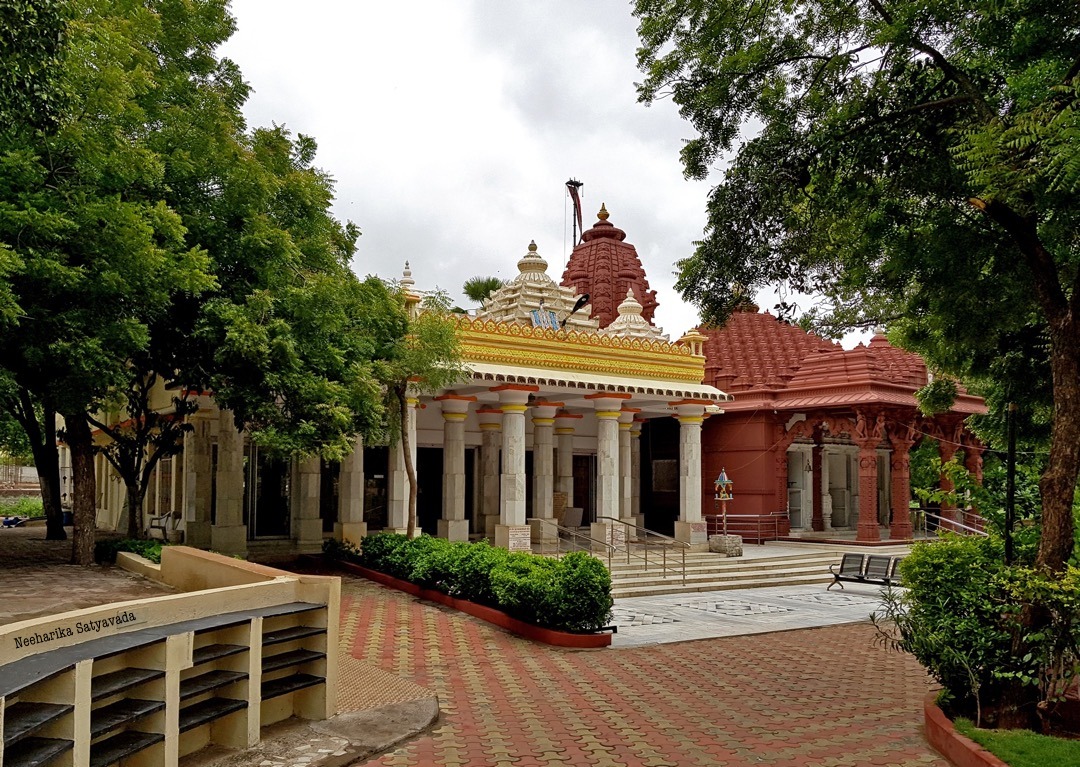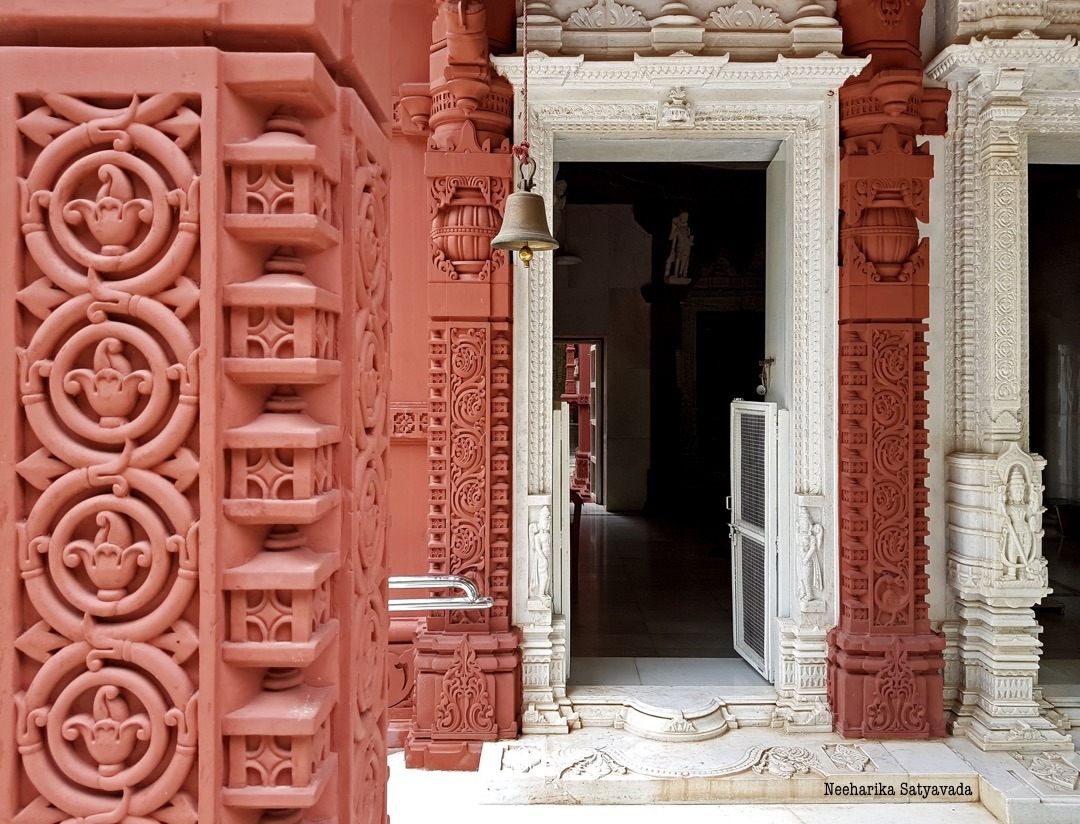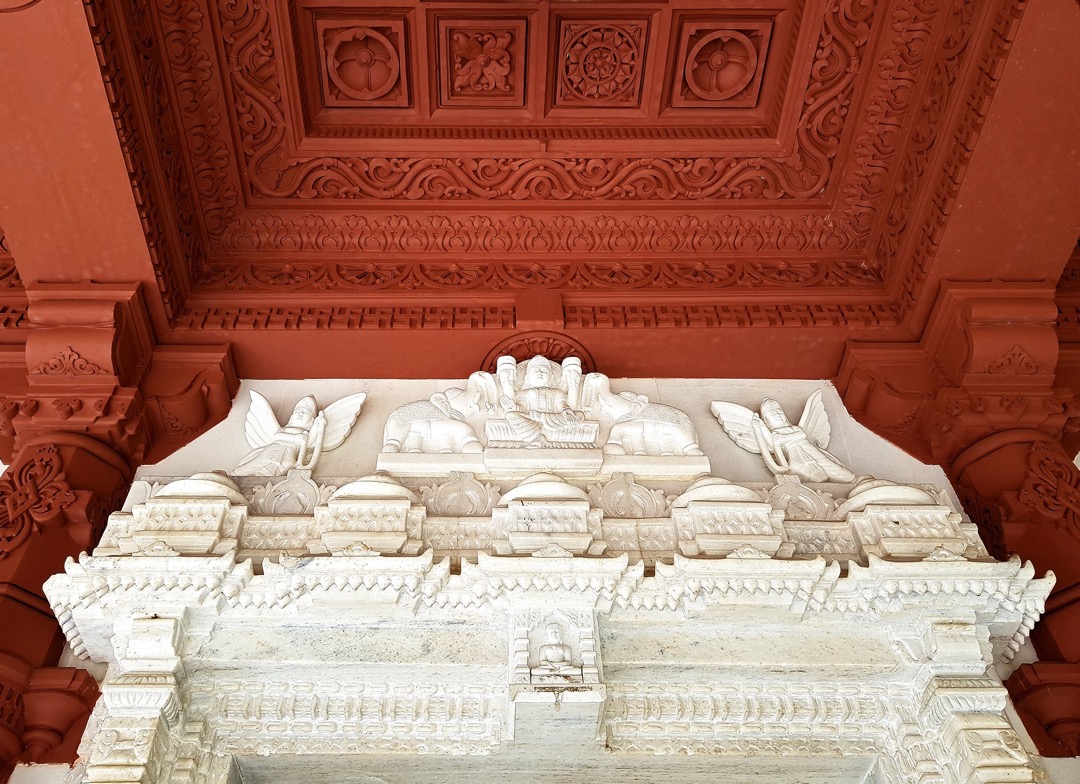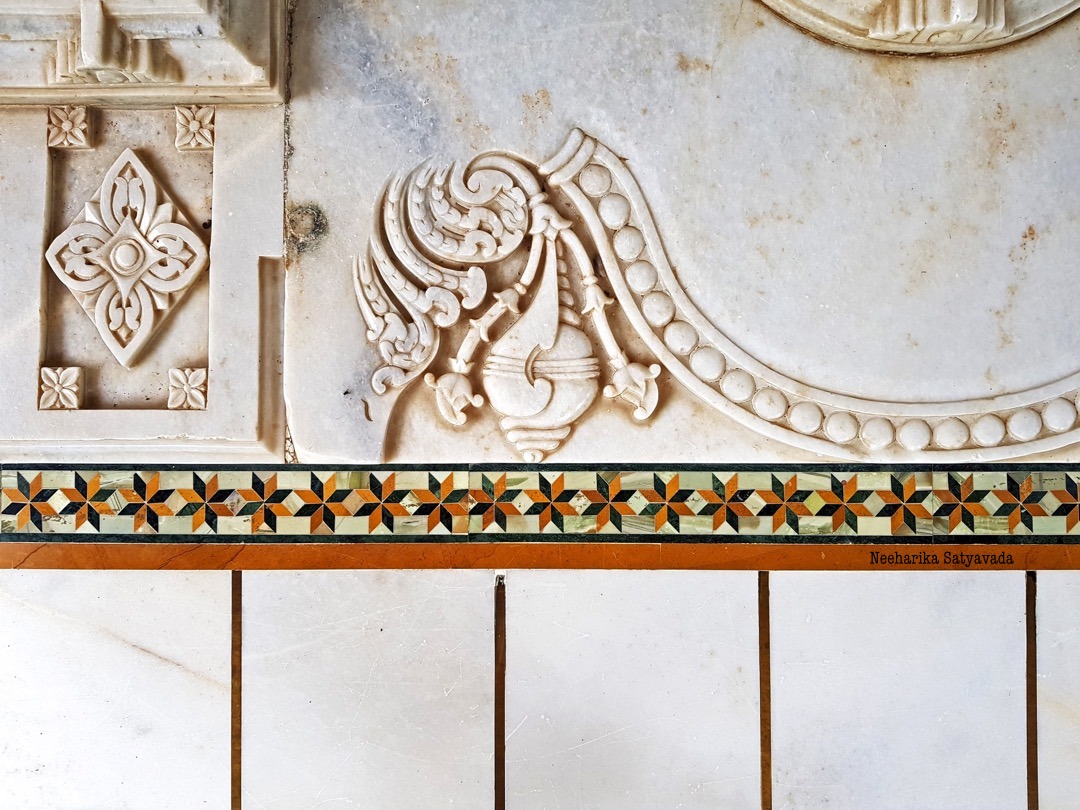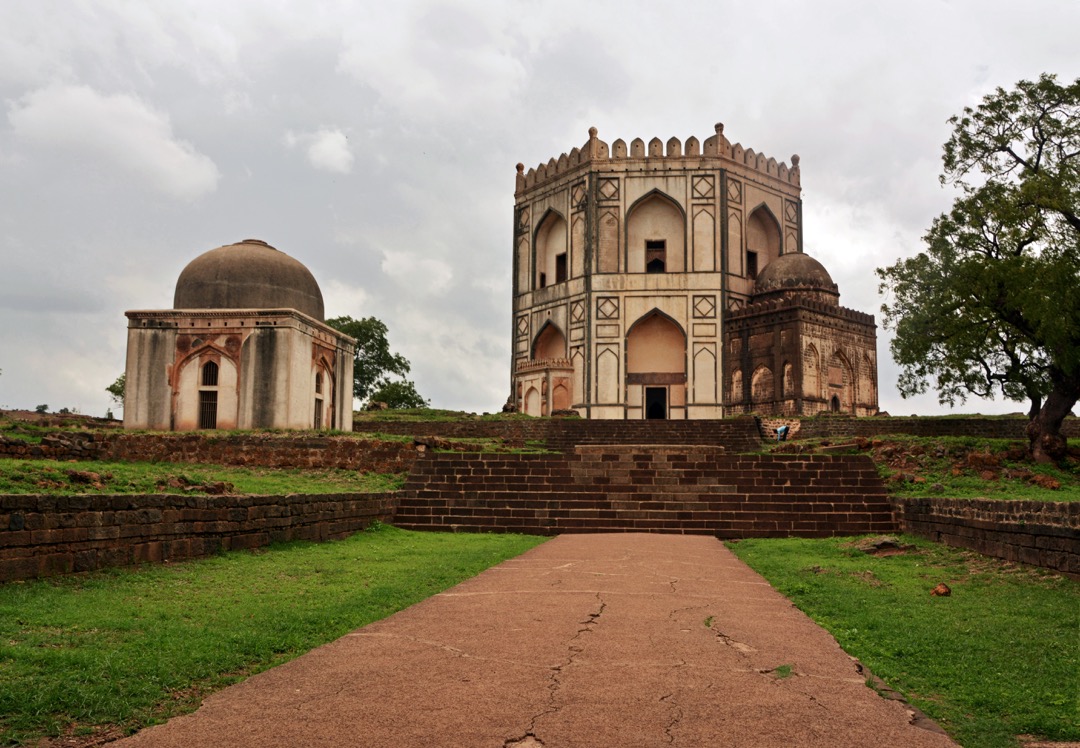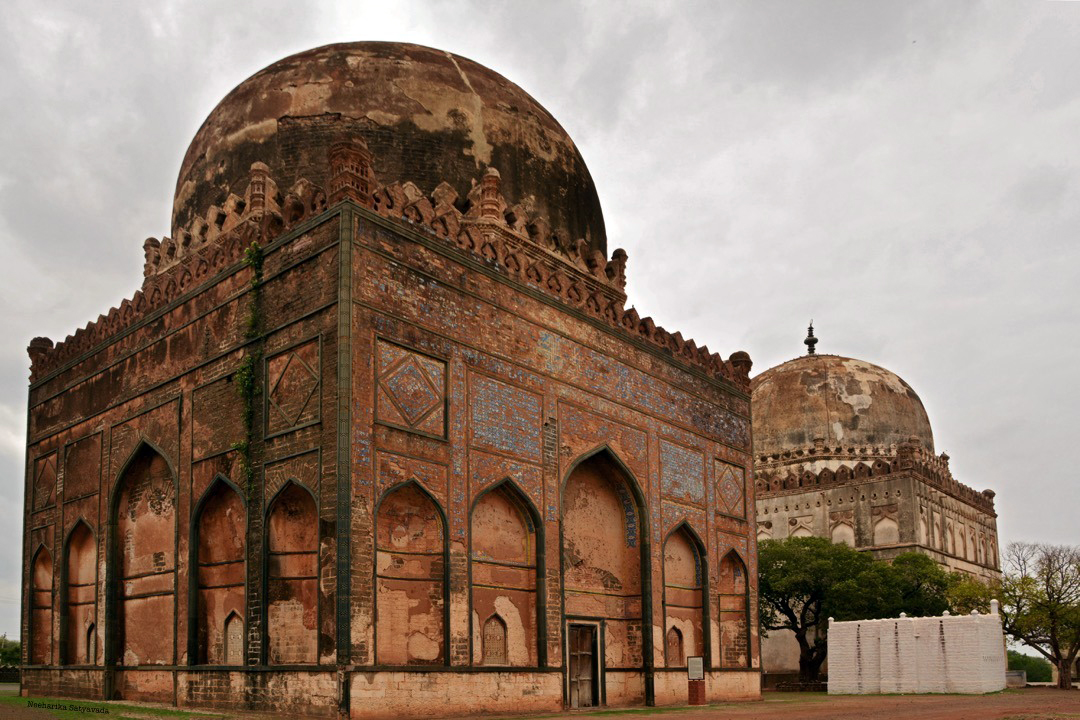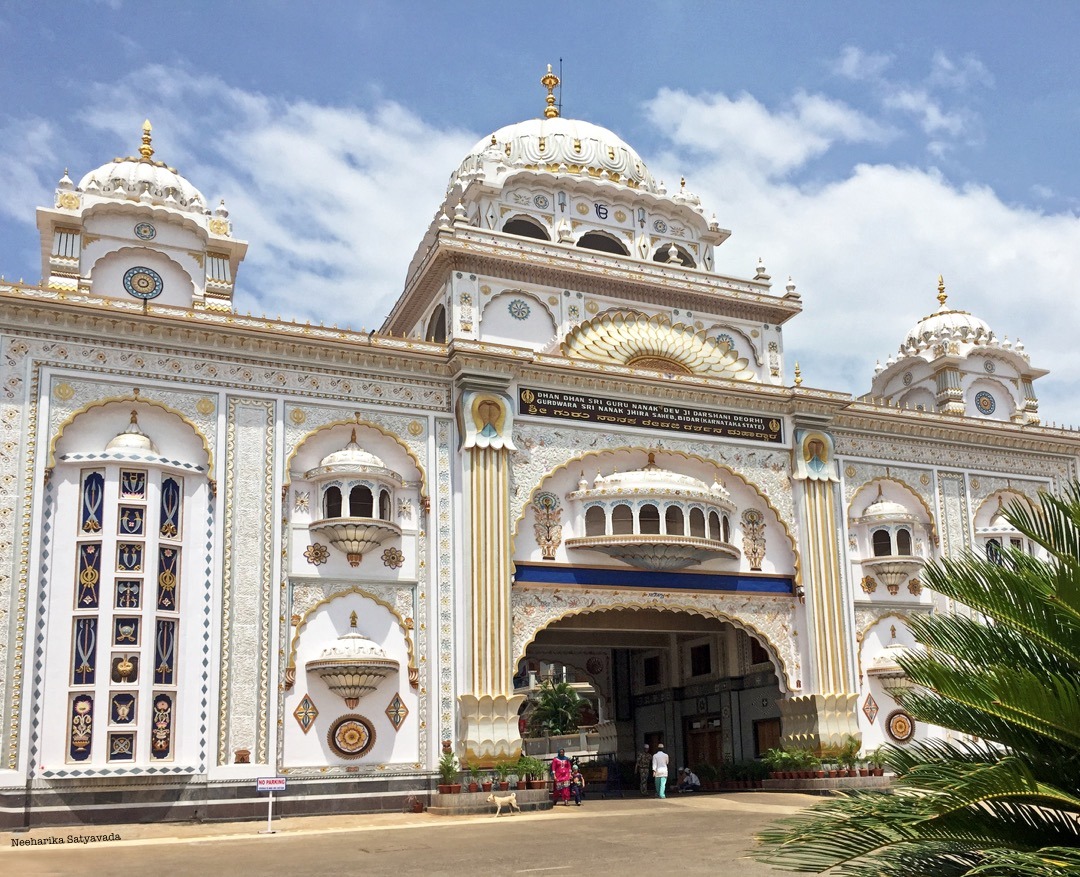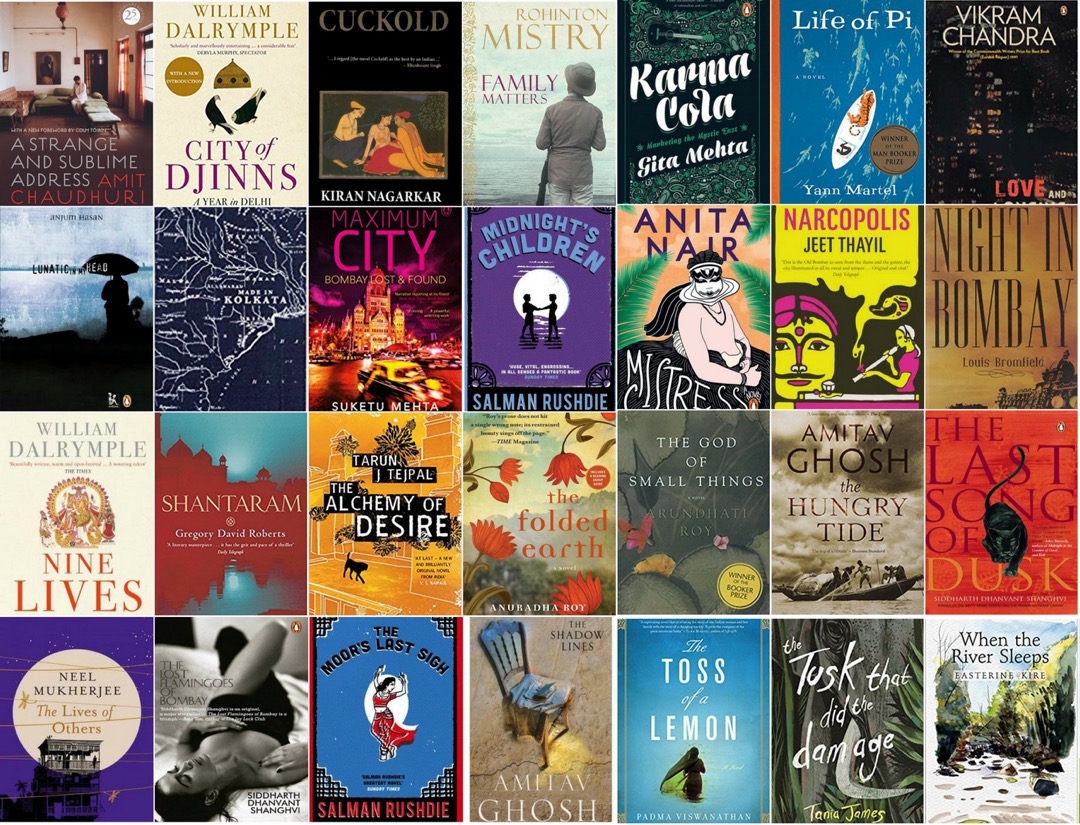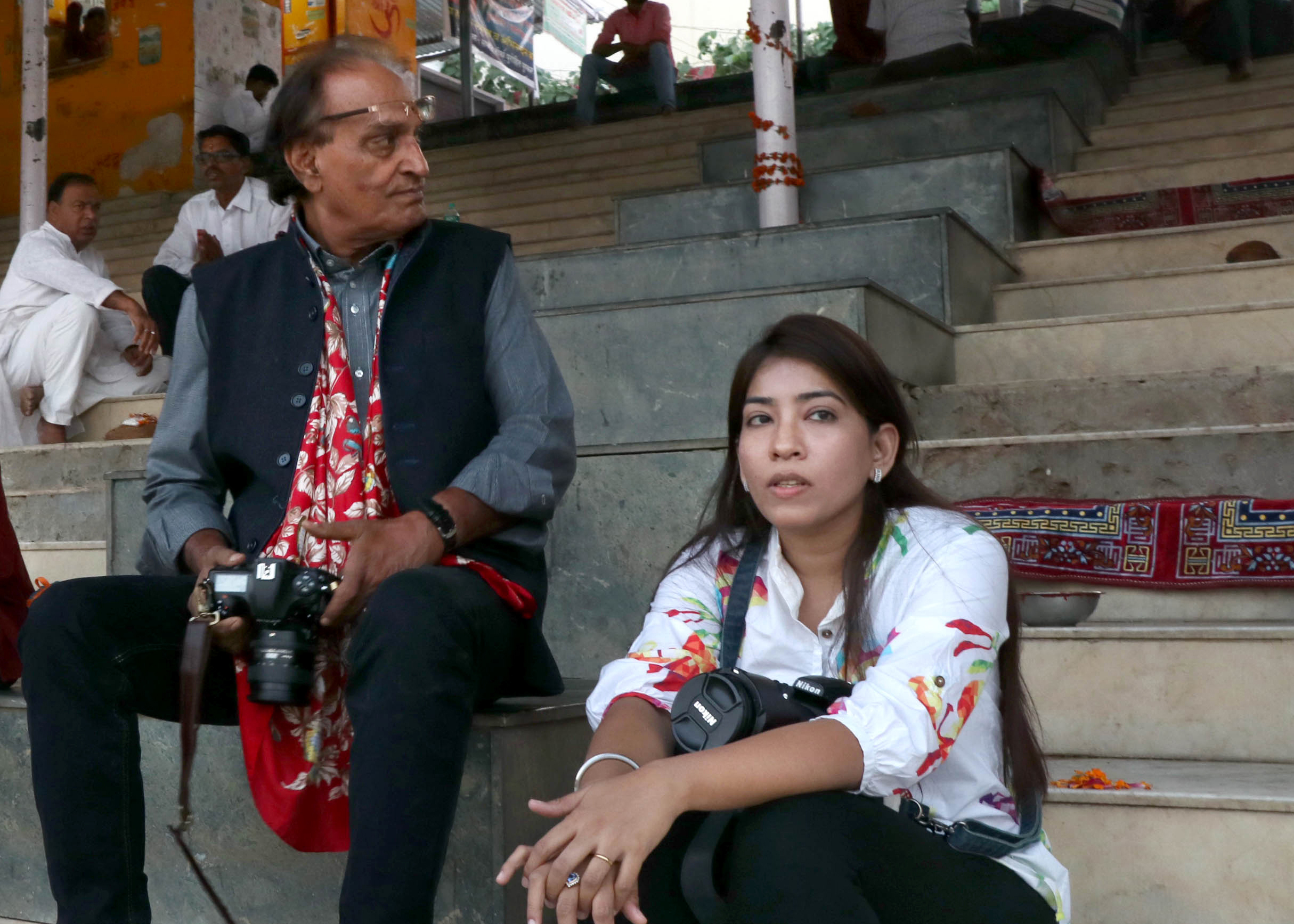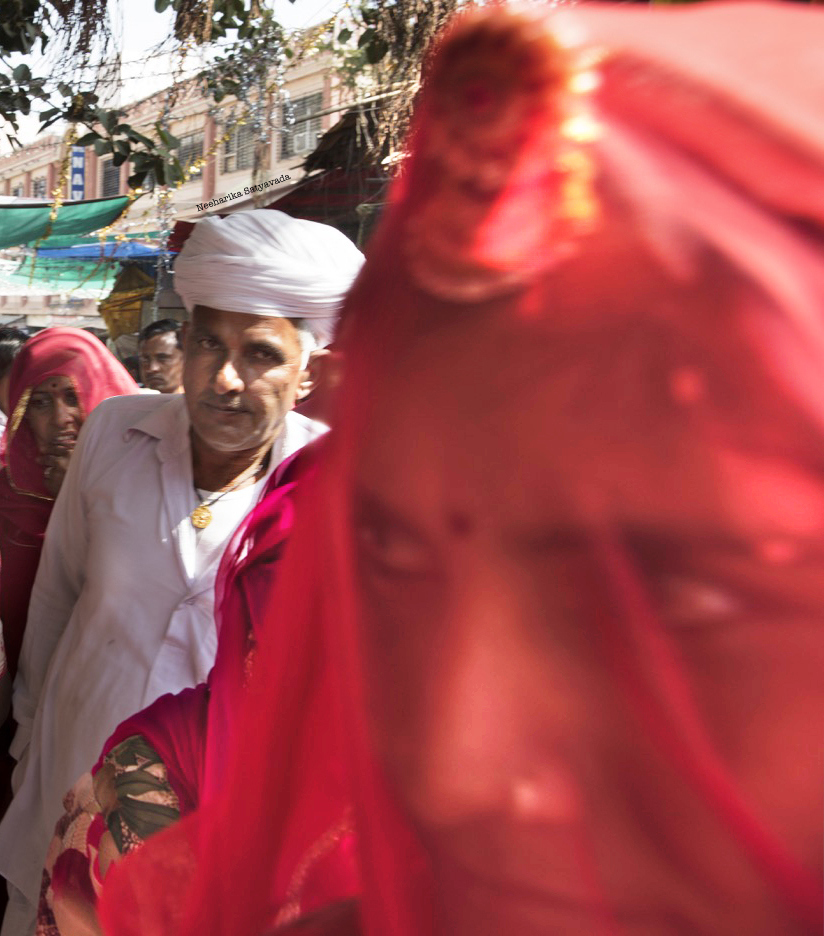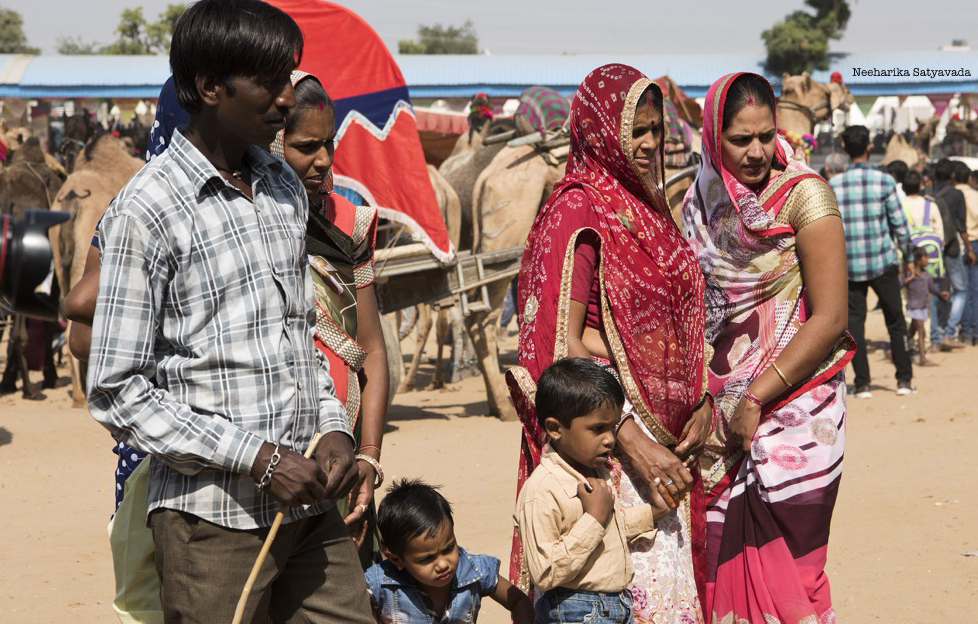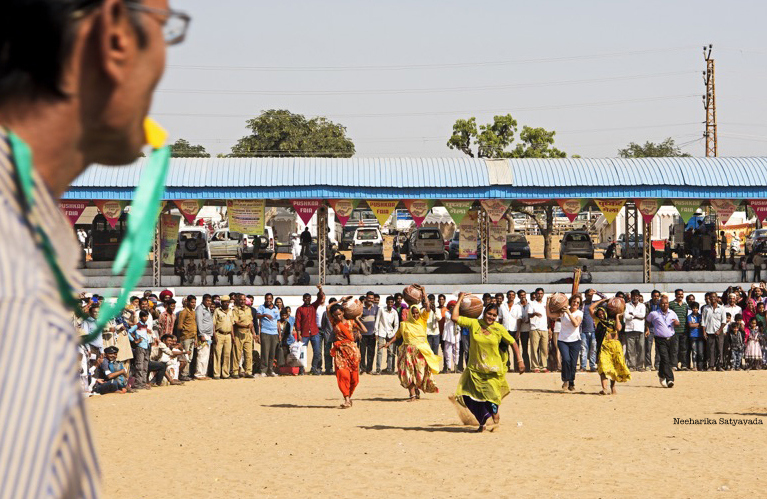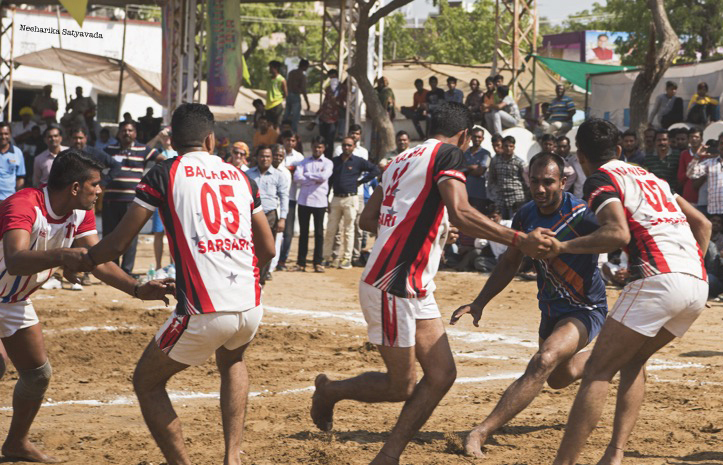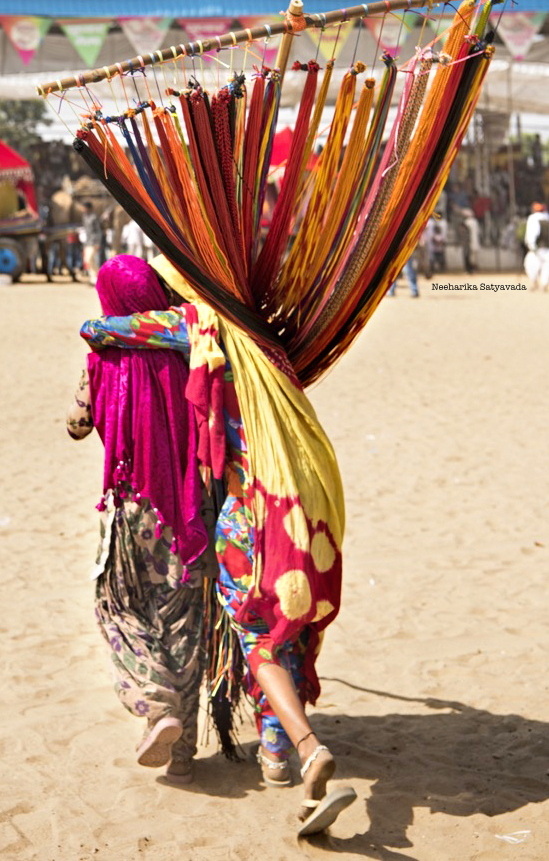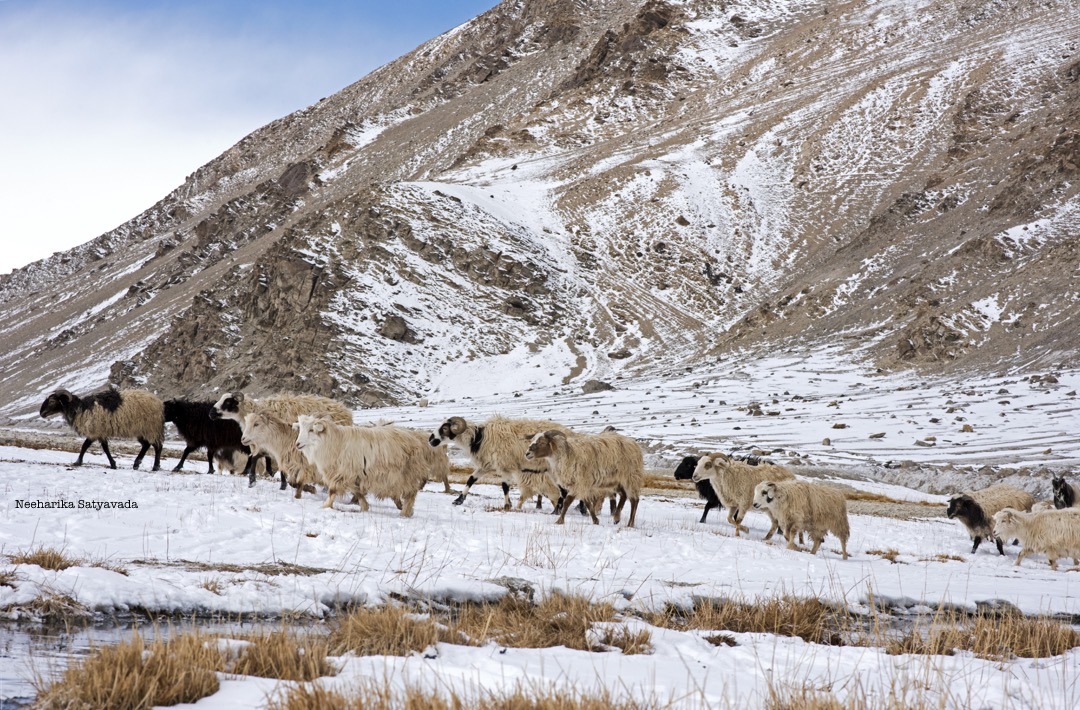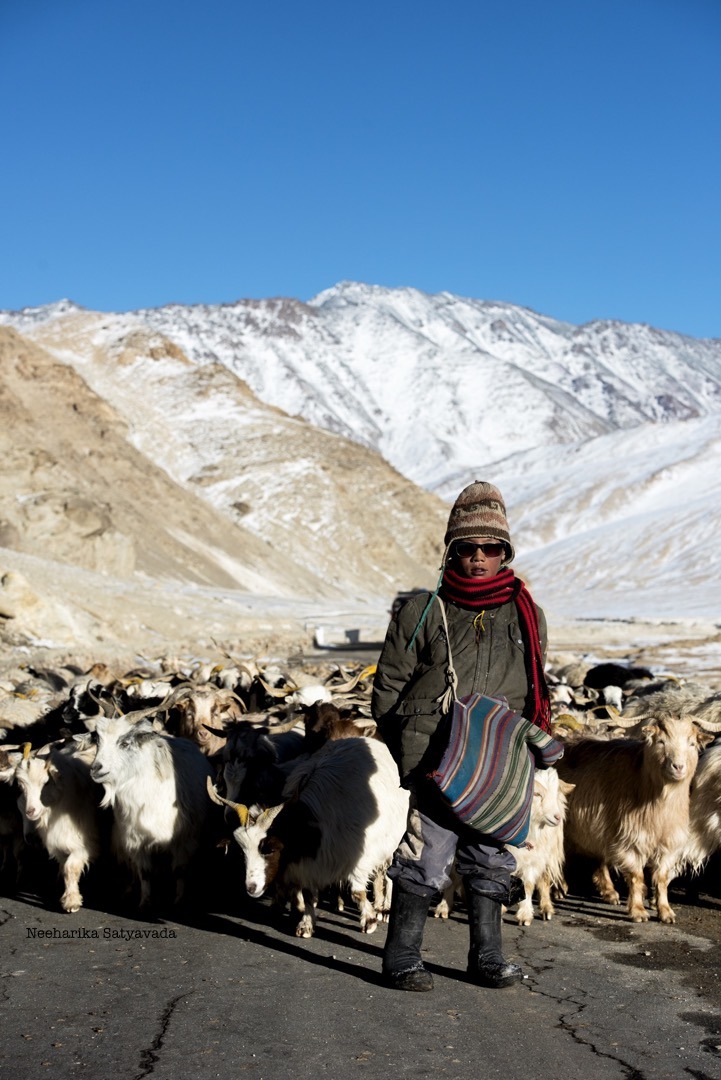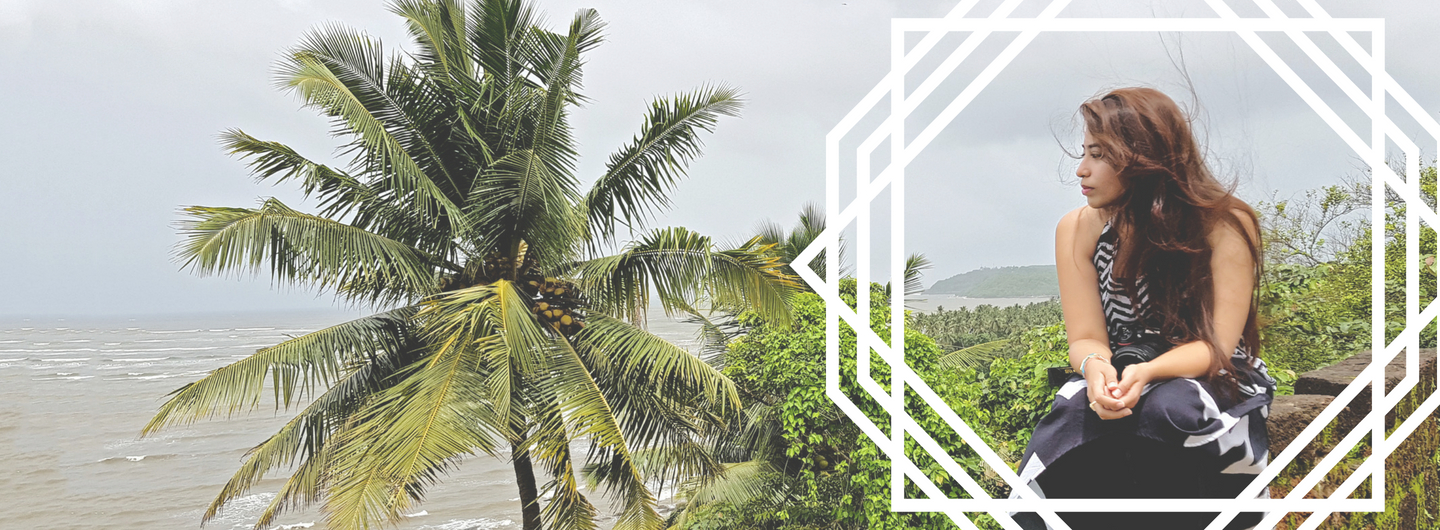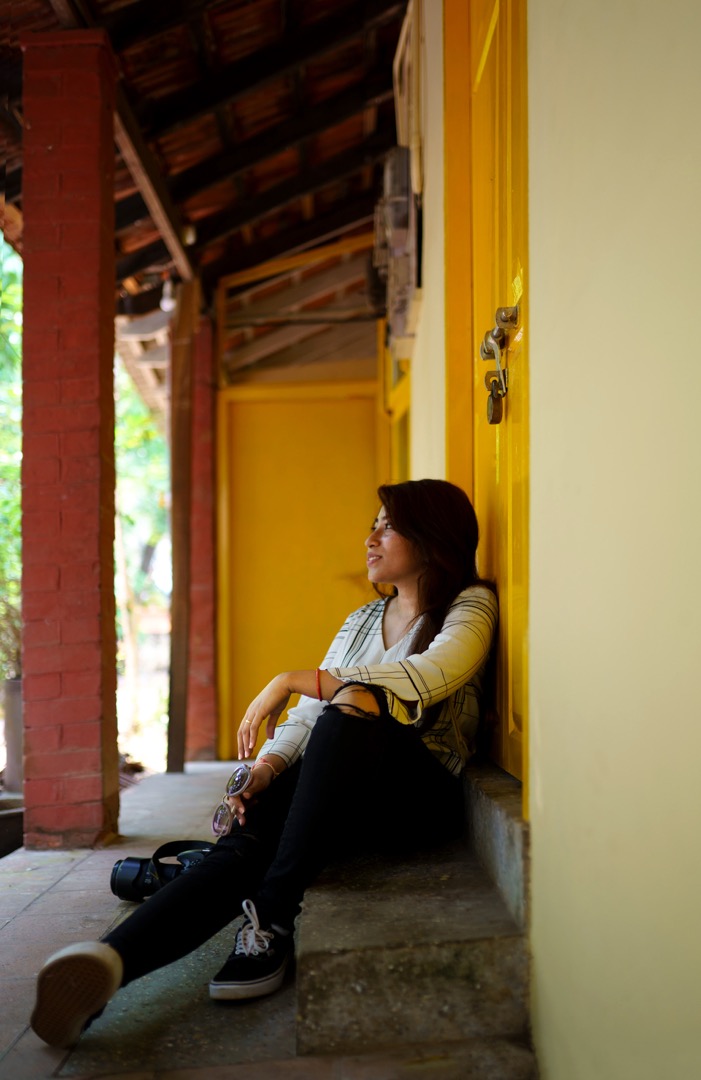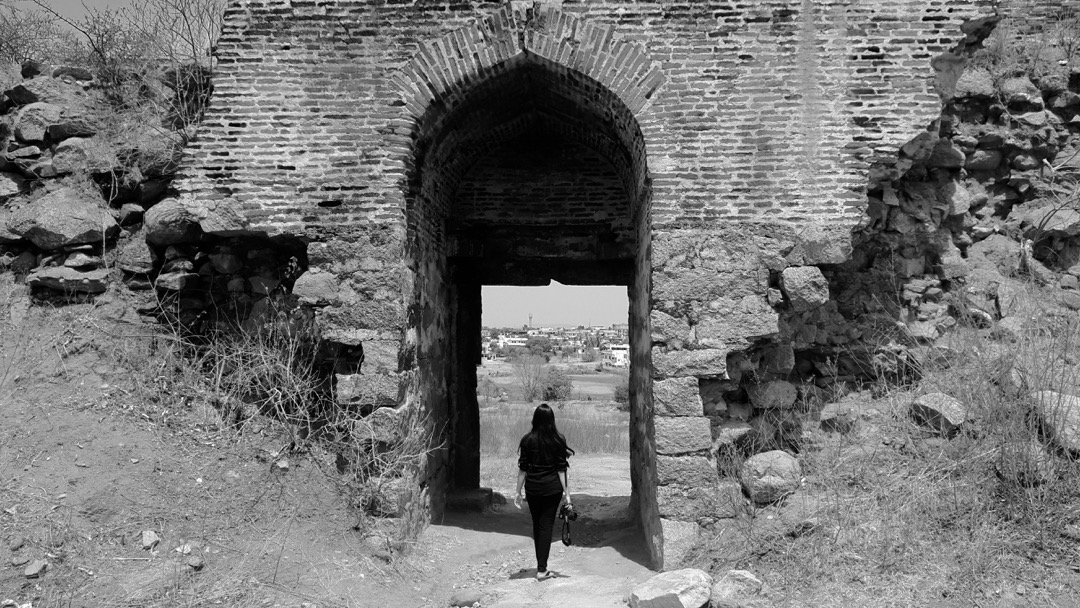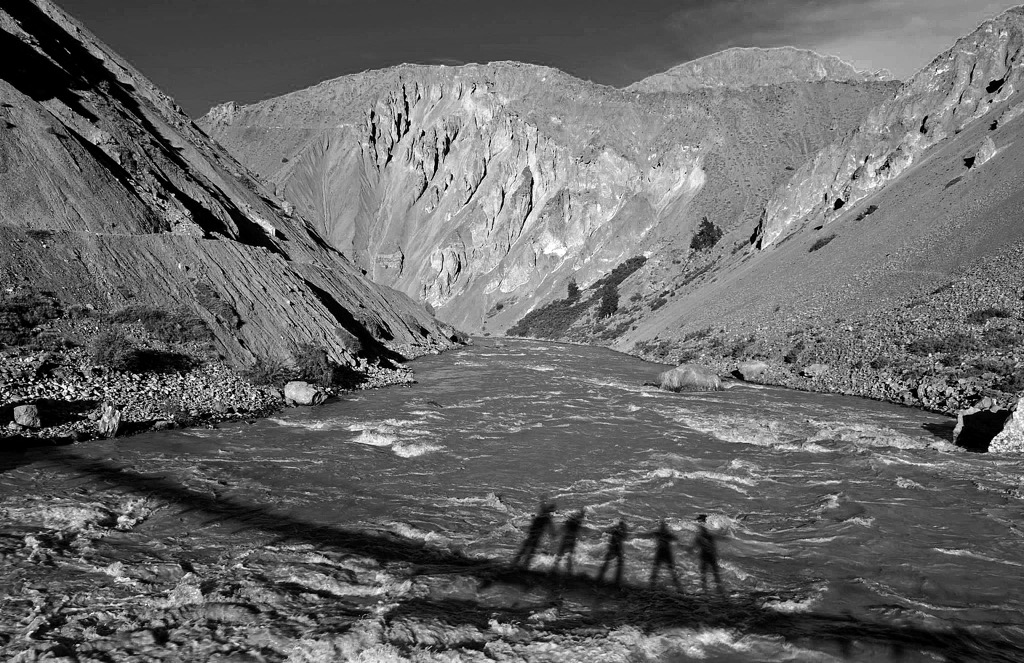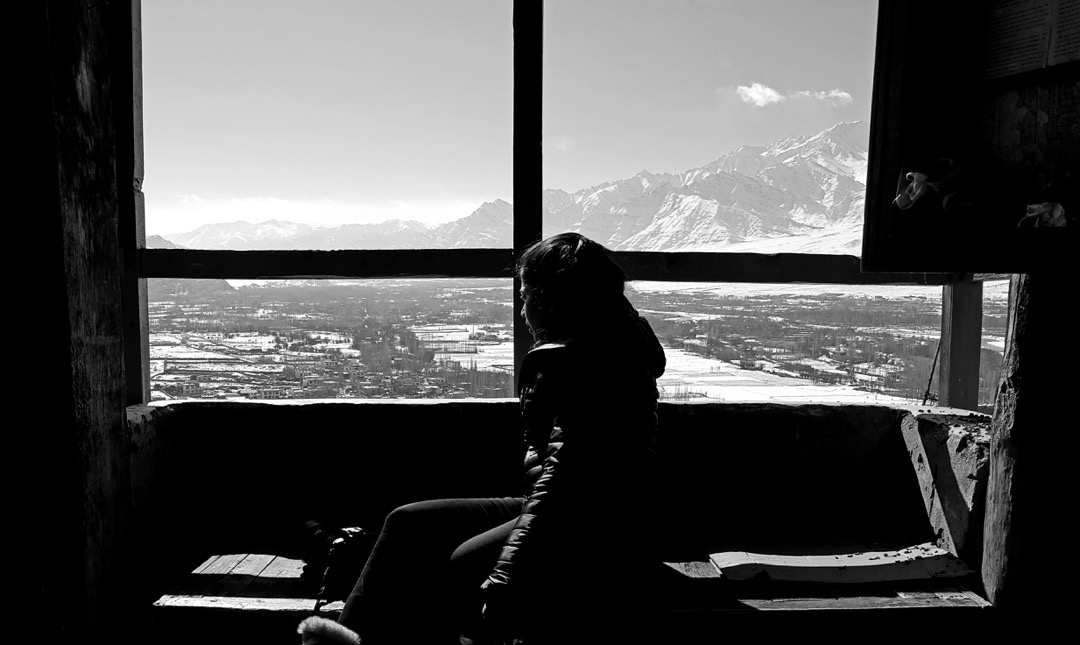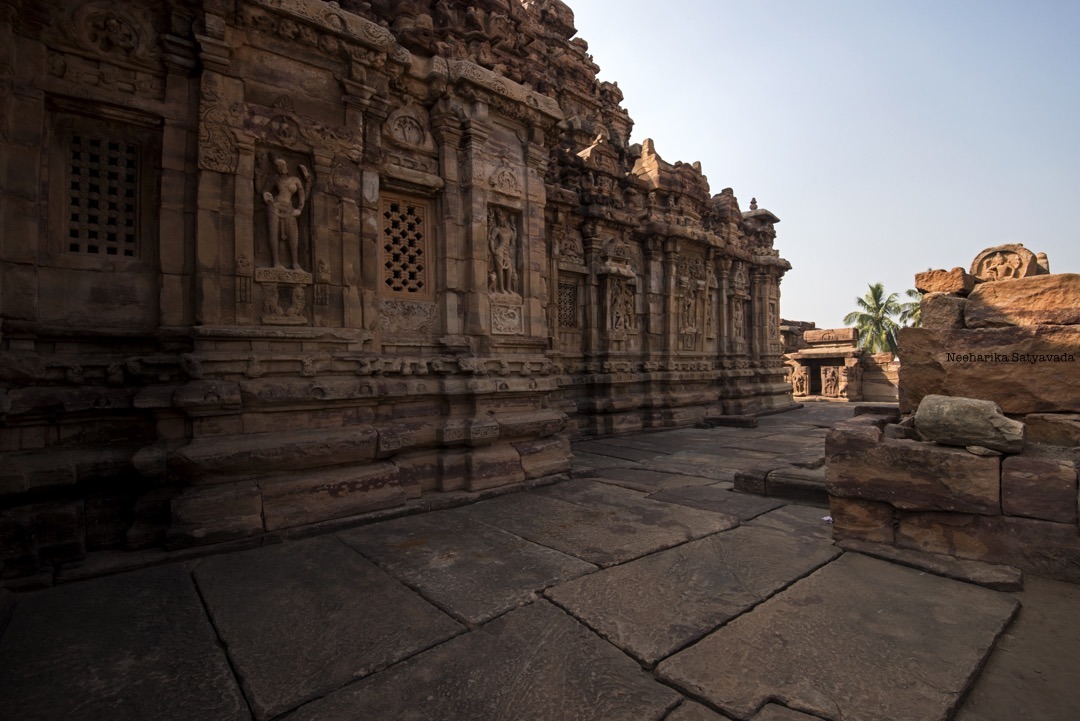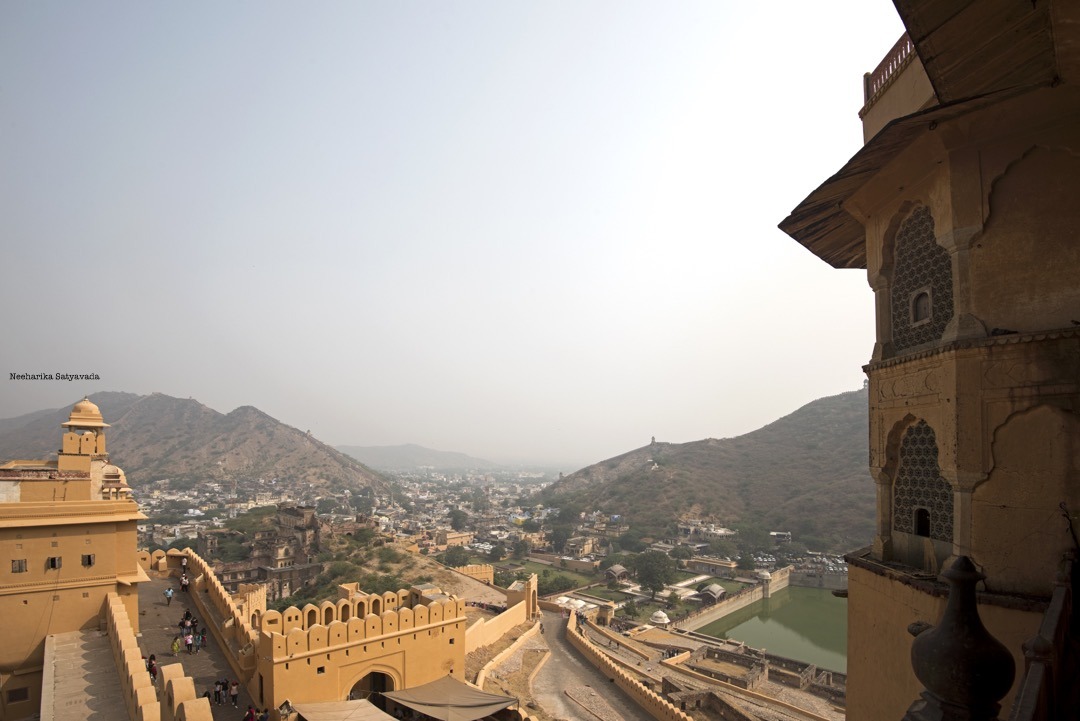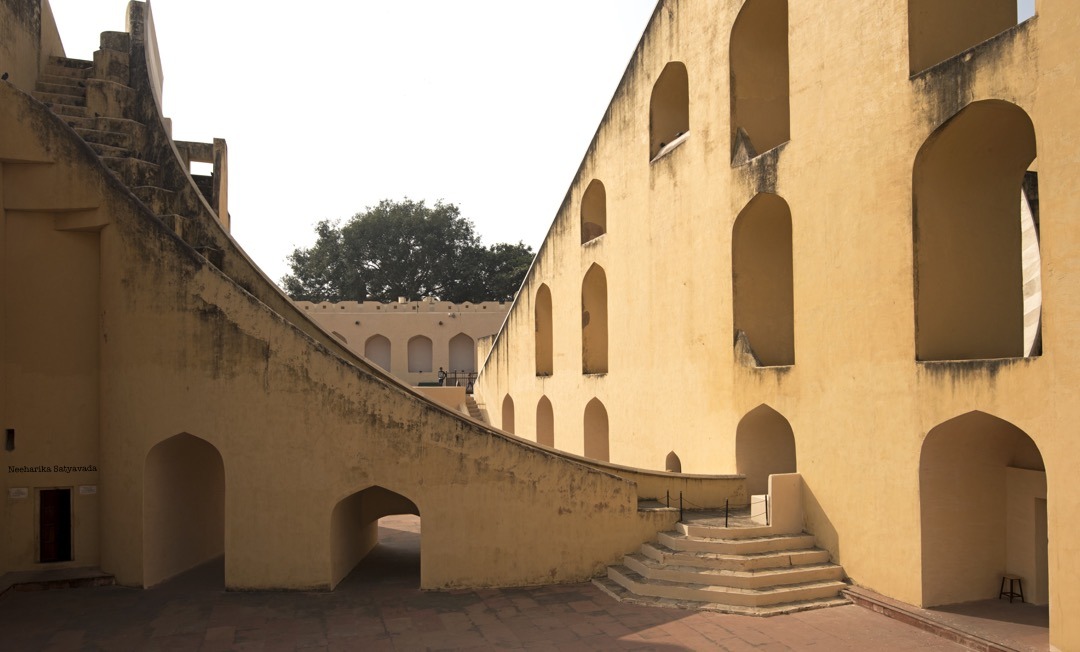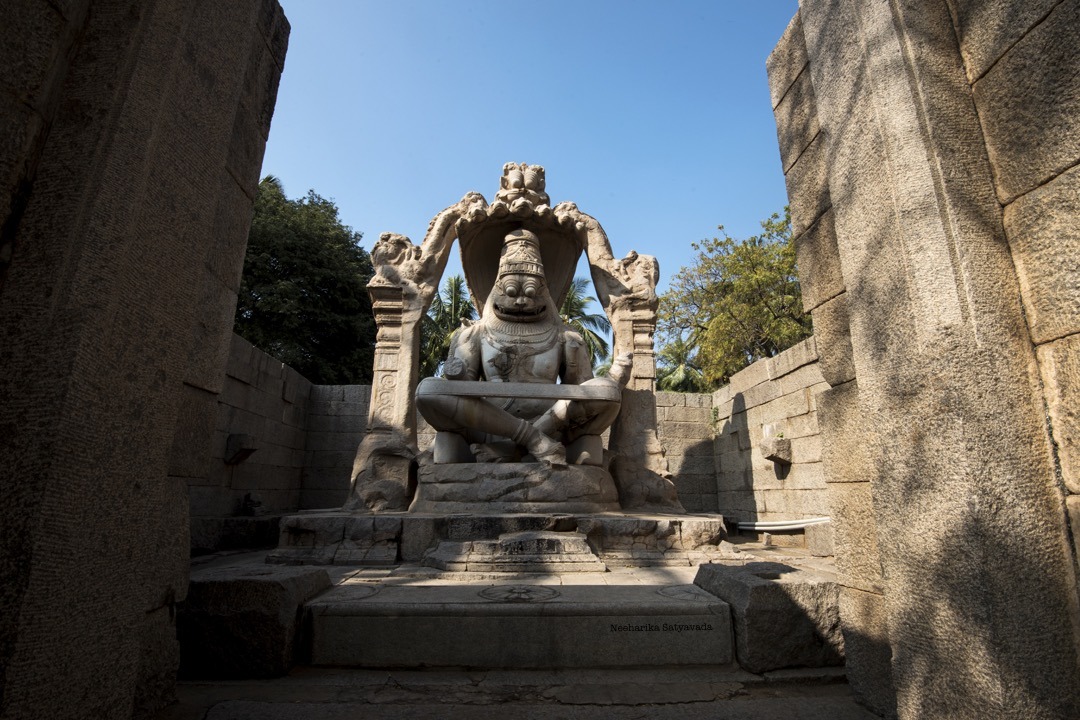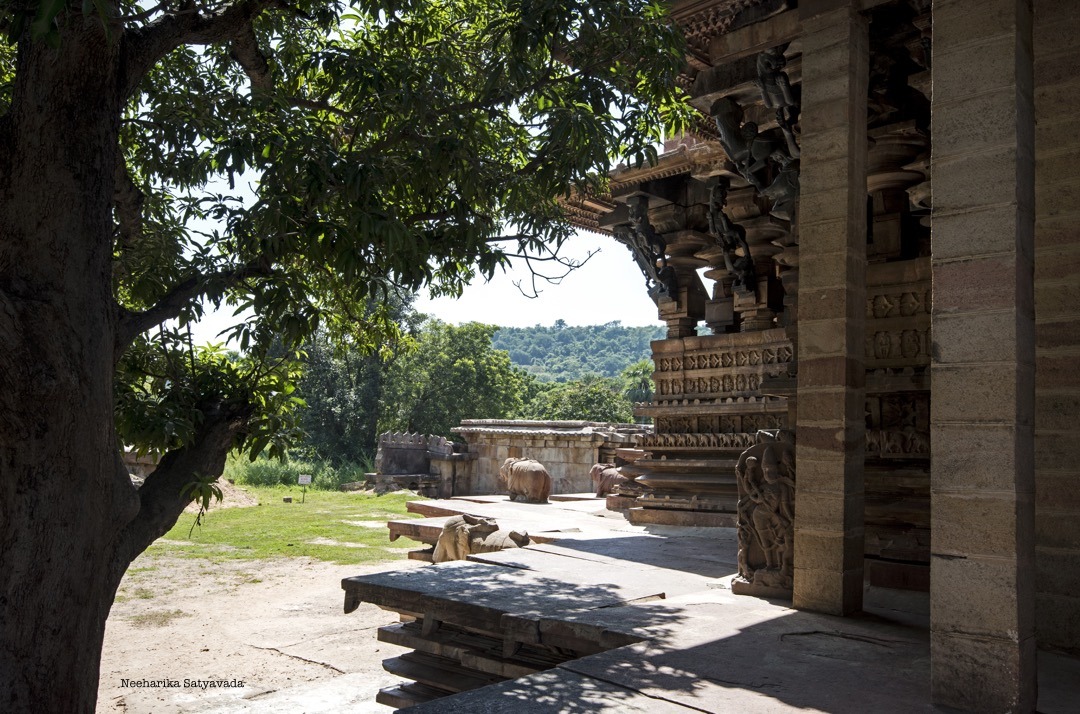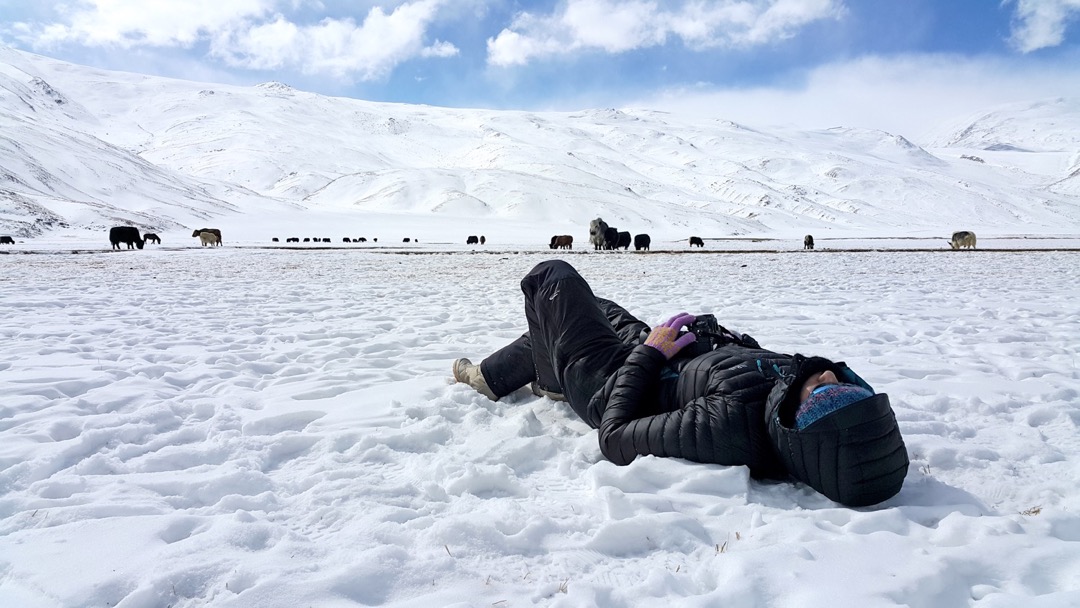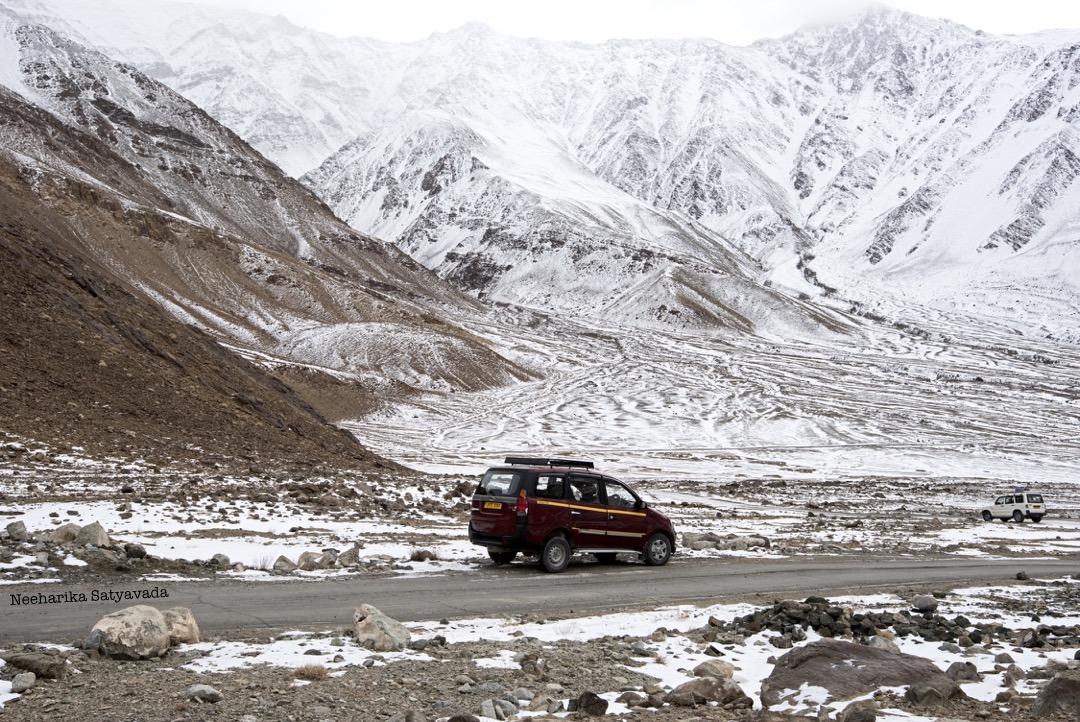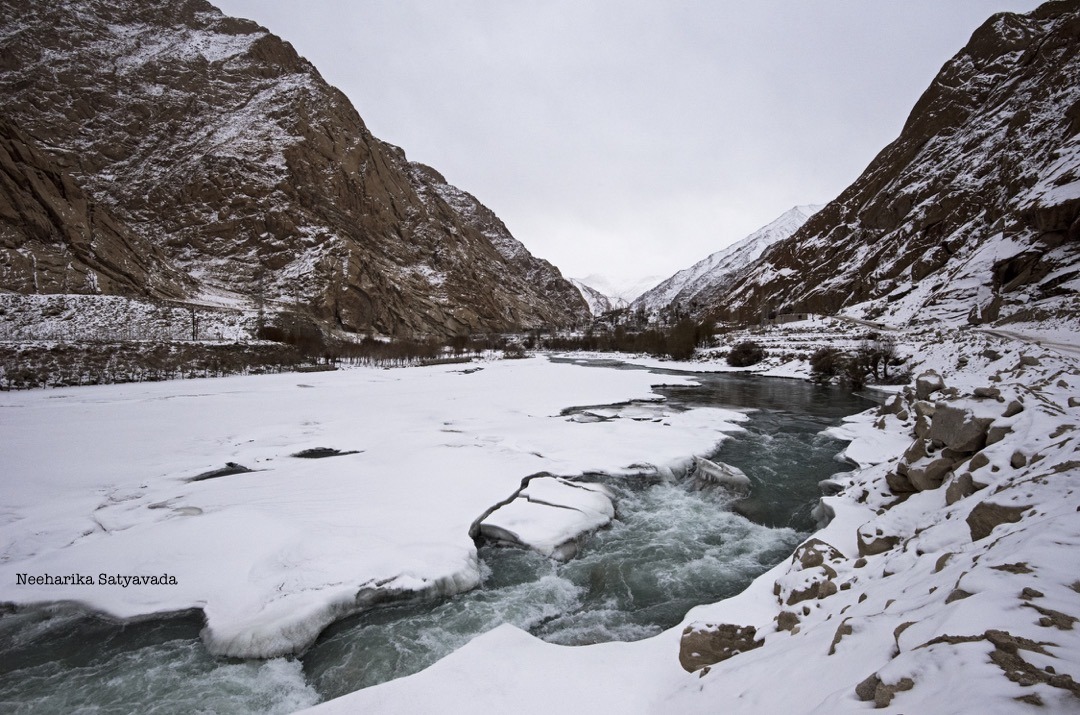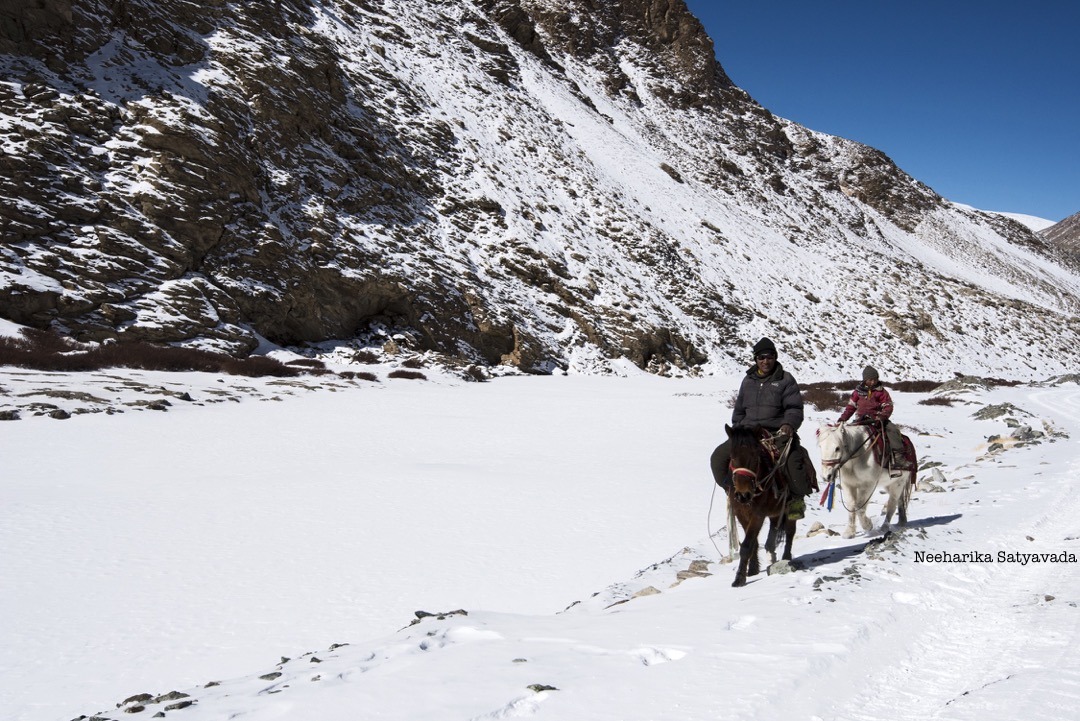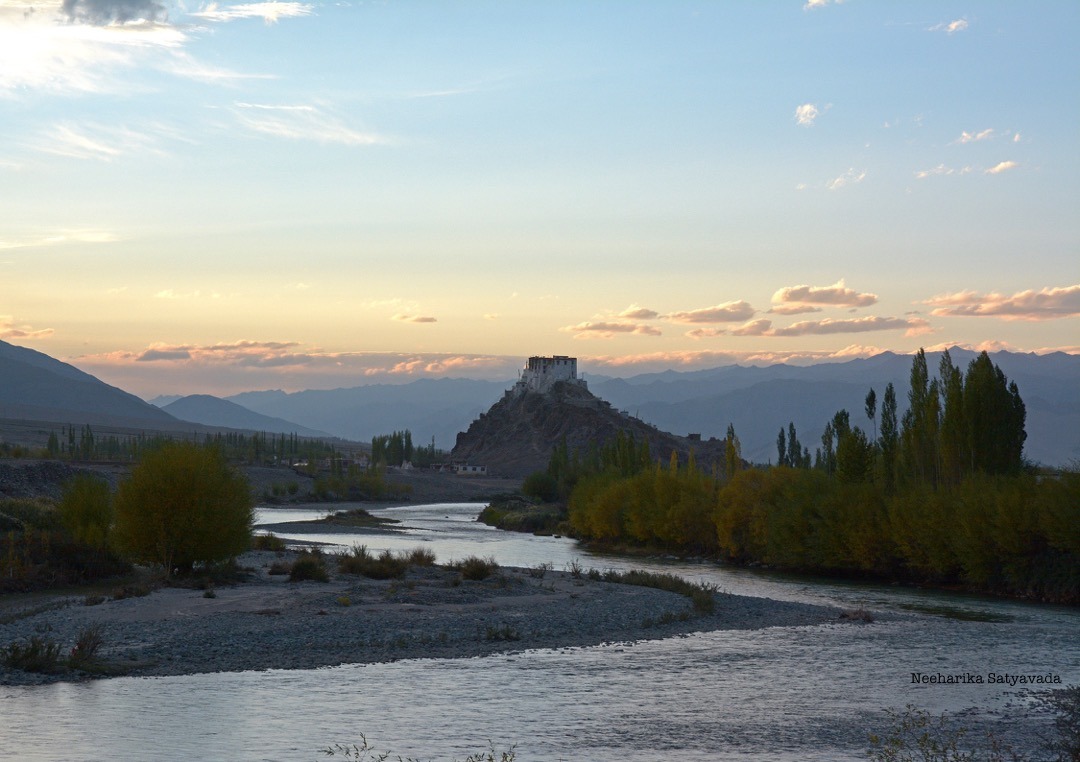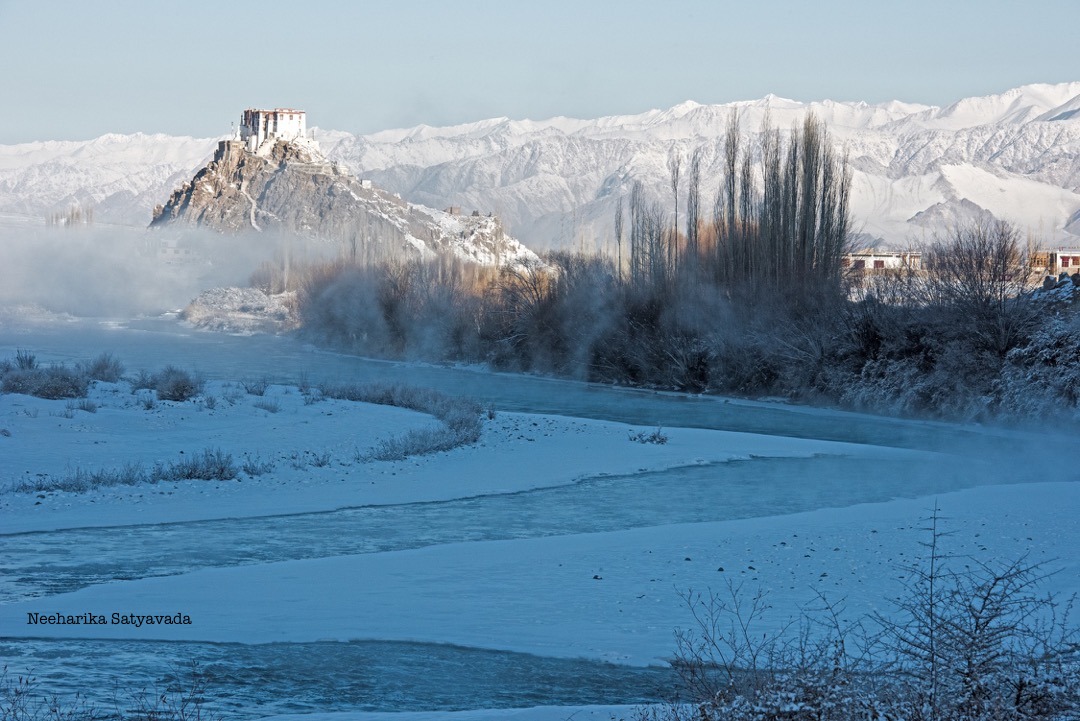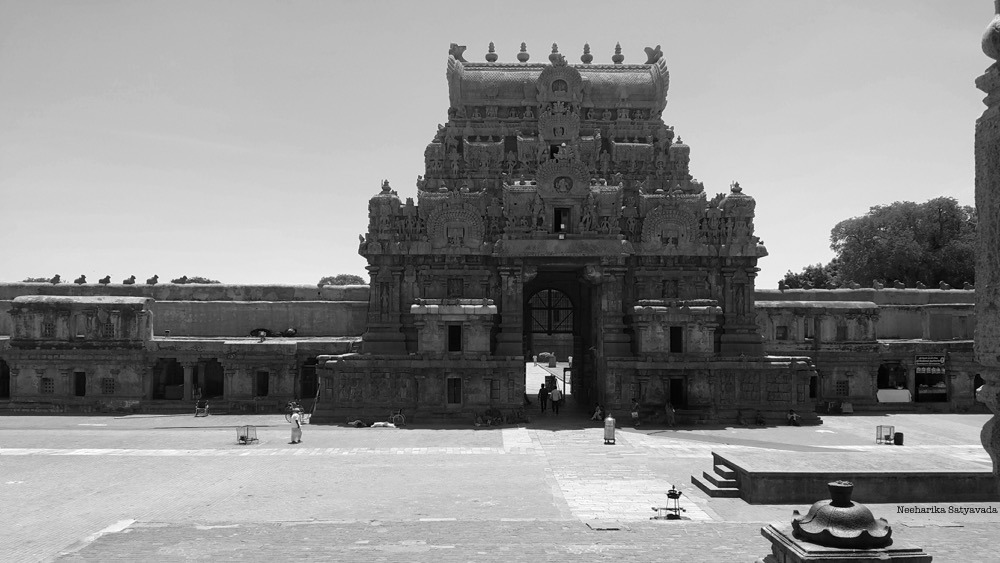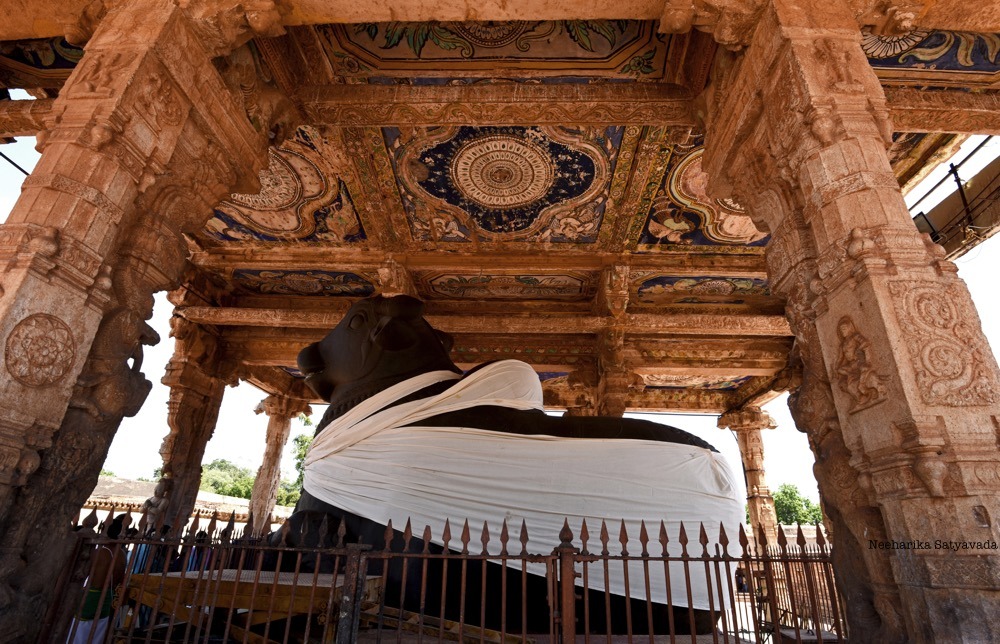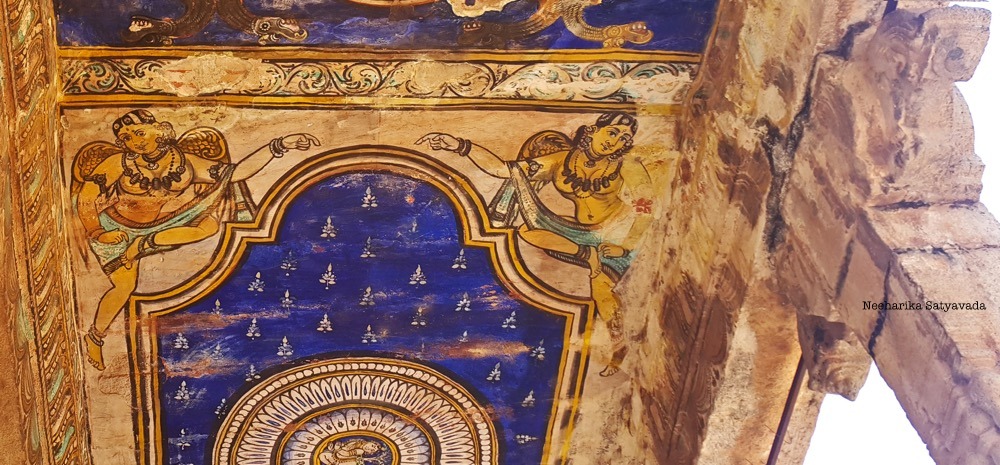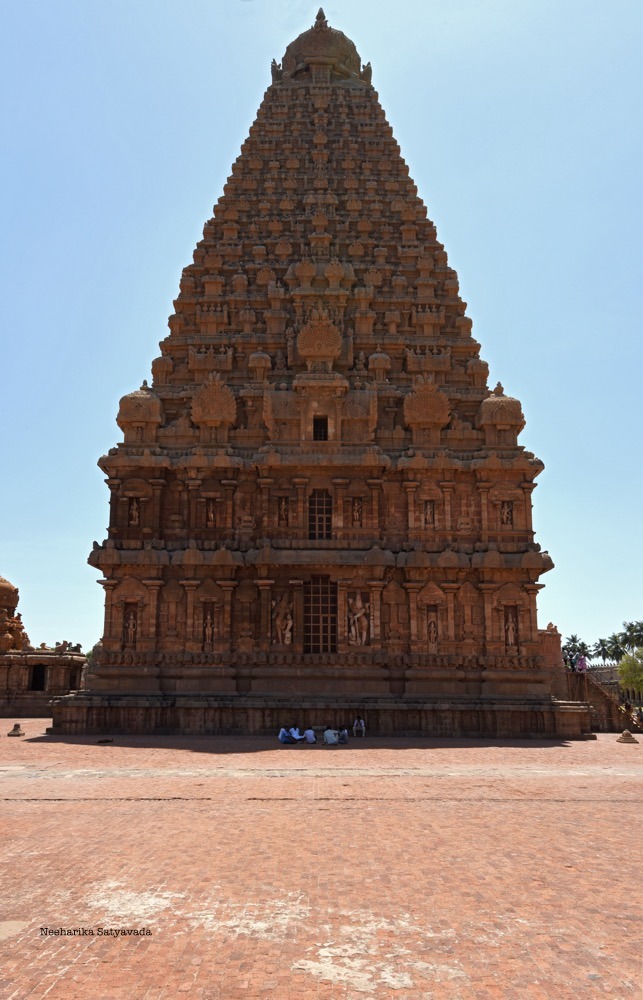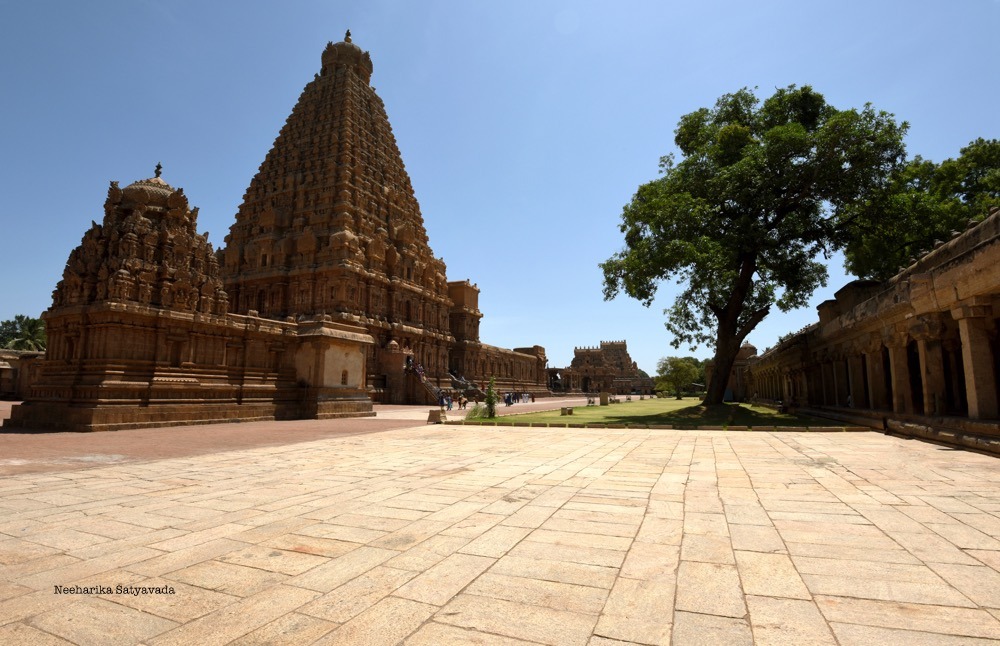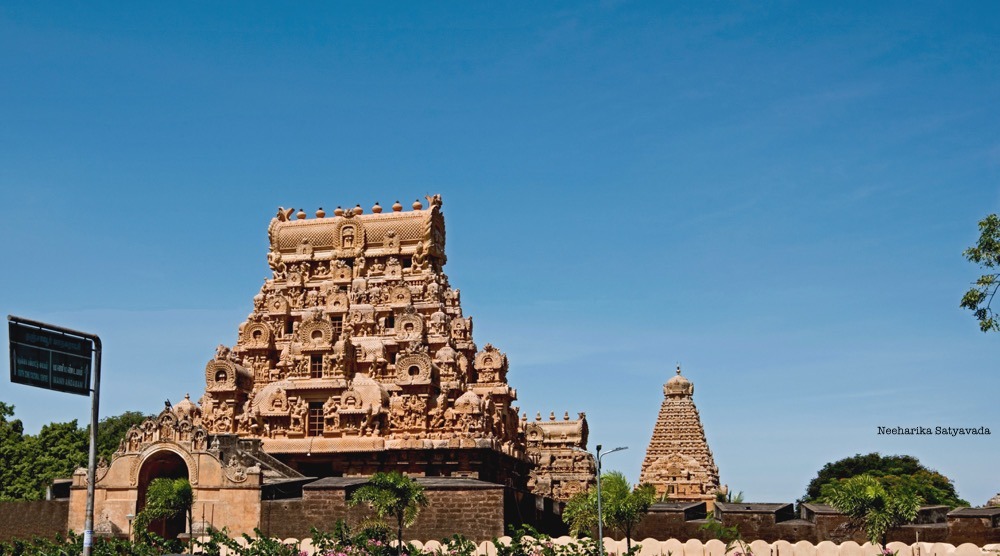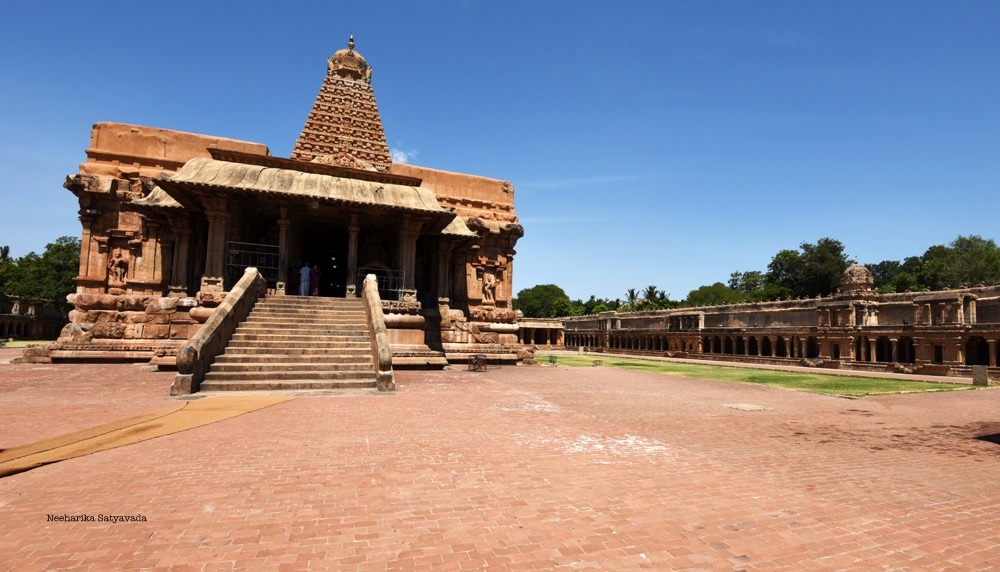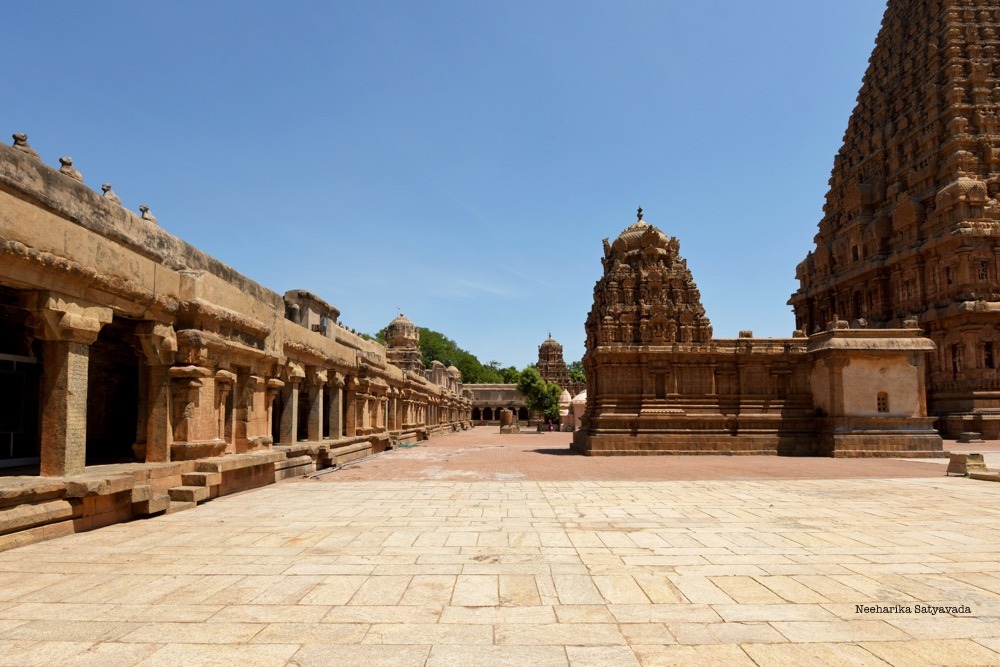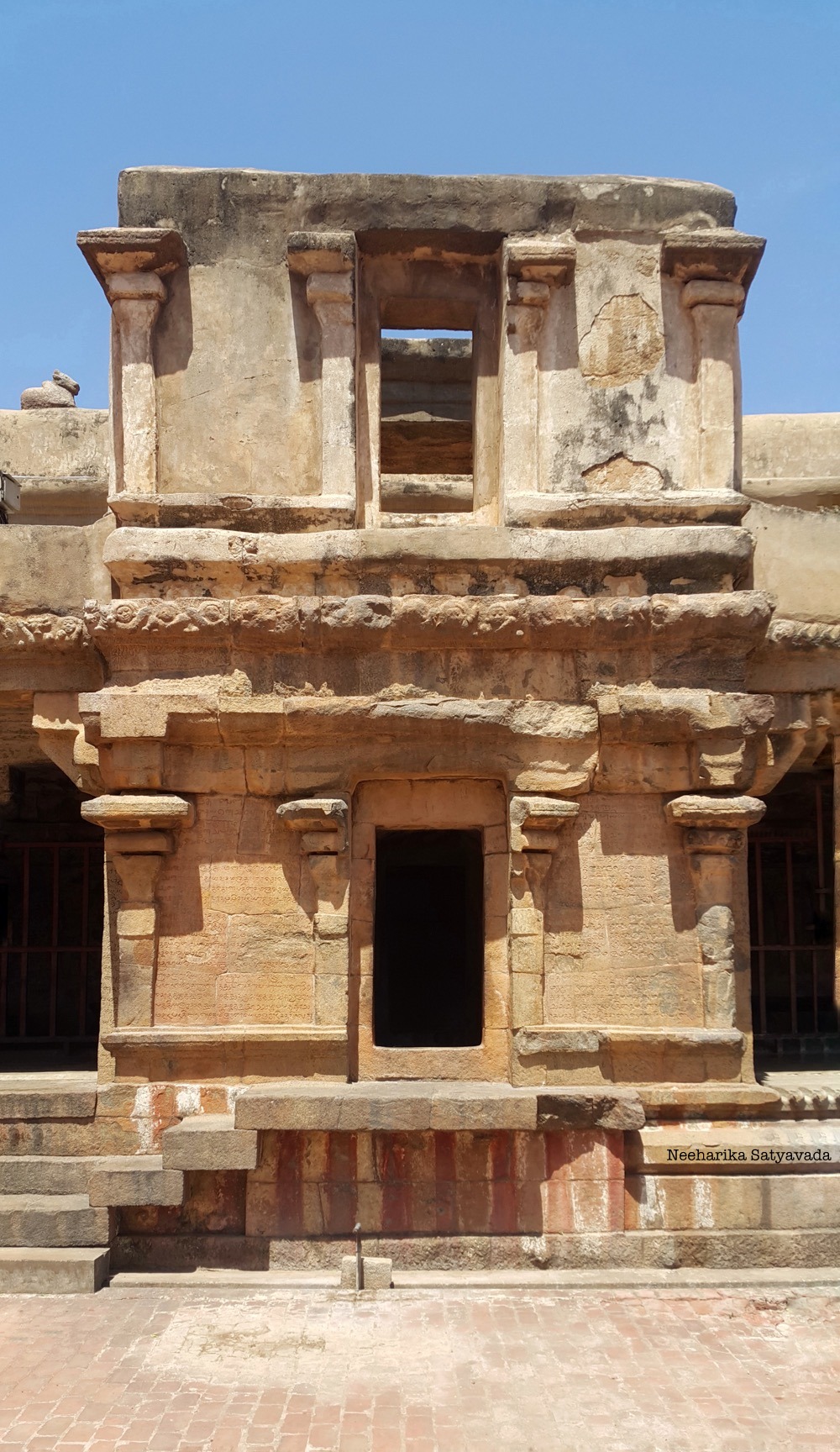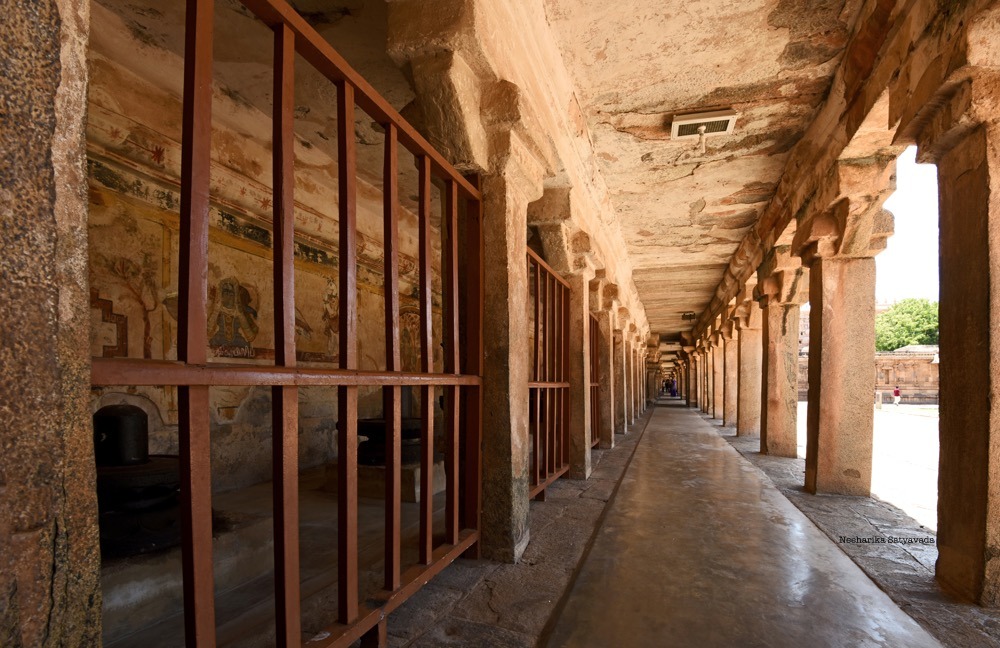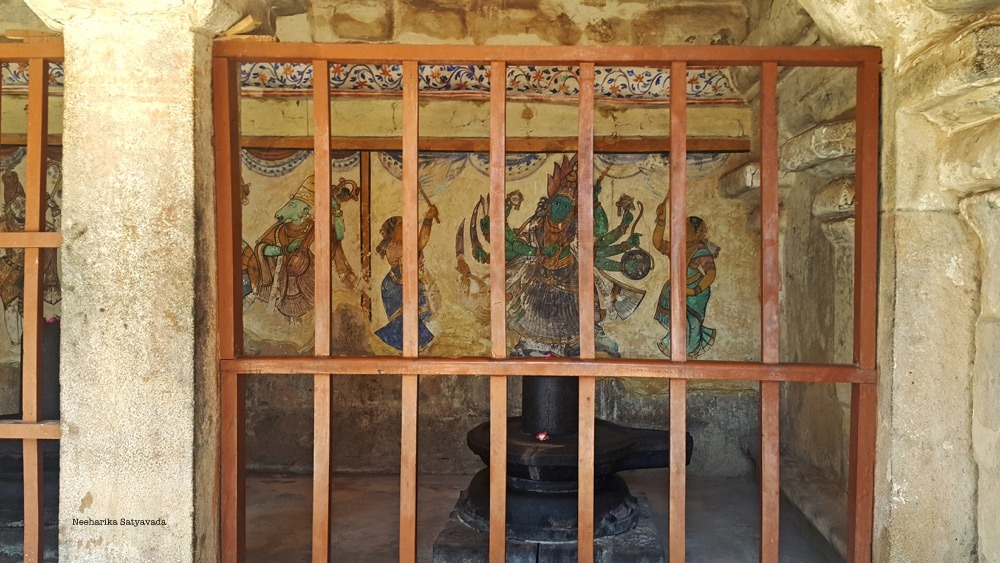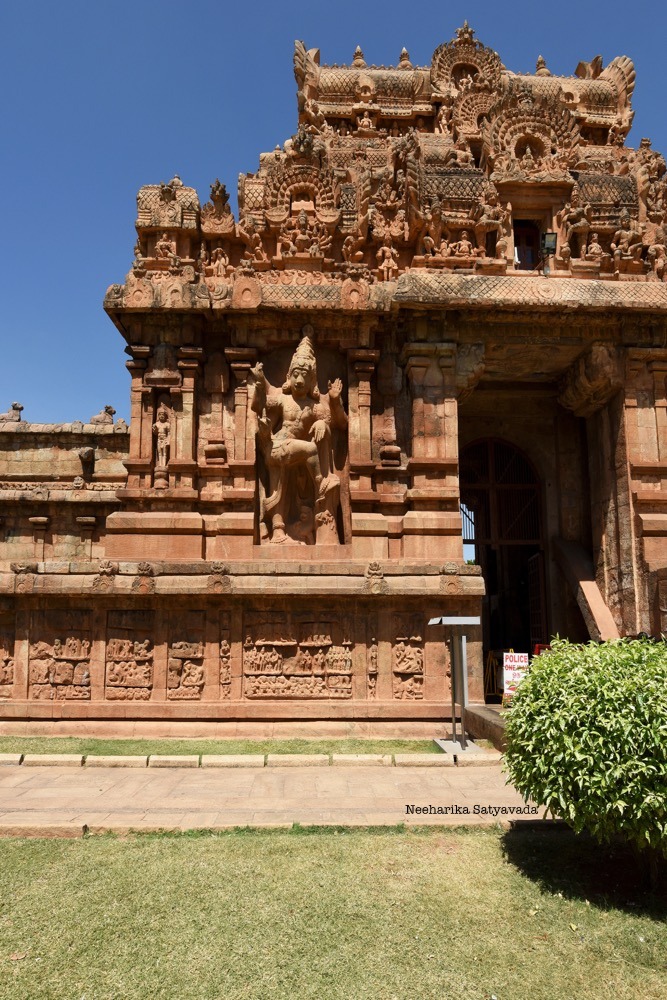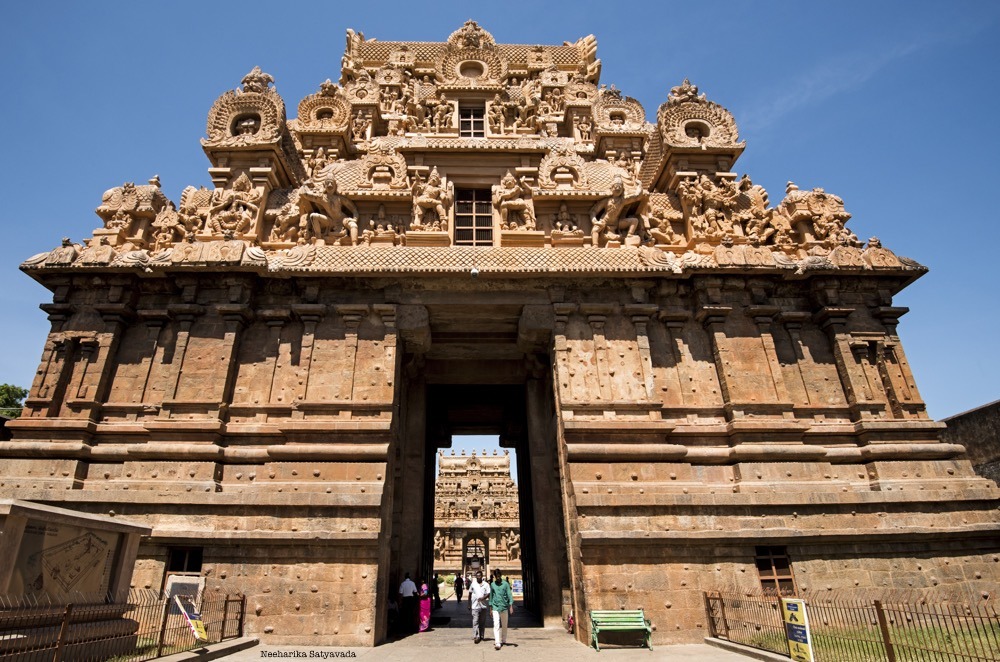Genre | Fiction
Where To ? Calcutta (Kolkata)
[one_third]


[/one_third]
A Strange and Sublime Address is the widely acclaimed author and critic Amit Chaudhari’s first novel. Set in 1960s Calcutta, the book is built on the author’s childhood memories and his fascination and confusion with the city when he would visit it as a child during his summer holidays. A nuanced and languorous book, A Strange and Sublime Address manages to bring to life the city of Calcutta in exquisite detail.
e-Book of A Strange and Sublime Address for Kindle: Here.
Genre | Travel / Memoir
Where To ? Delhi
[one_third]


[/one_third]
City of Djinns is William Dalrymple’s second book right after his super successful debut, In Xanadu, and also the first of his odes to his continuing muse that is India. Drawing from his time in Delhi with his wife, he unravels the historic city through anecdotes set against the backdrop of its ancient past. Peppered here and there with what it is today in its modern avatar. City of Djinns is an immersive journey of discovery to the very essence of India’s capital city.
e-Book of City of Djinns for Kindle: Here.
3. Cuckold | By Kiran Nagarkar
Genre | Fiction / Historical Novel
Where To ? Rajasthan (Princely State of Mewar – now, Udaipur & around)
Pit Stops | Chittorgarh Fort, Ranakpur Jain Temple
[one_third]


[/one_third]
“It never occurred to me that I was writing about the past”, said Kiran Nagarkar in an interview about Cuckold. Set in the 15th-16th centuries Rajasthan, Cuckold – with the Rana Sanga of Mewar, his eldest son and daughter-in-law (none other than the fabled princess-saint, Meera Bai) as its protagonists – is more than just a historical novel. It is a tale of mighty proportions that interweaves fact and fiction, myth and faith, strategy and intrigue all at once.
e-Book of Cuckold for Kindle: Here.
Genre | Fiction
Where To ? Bombay (Mumbai)
[one_third]

[/one_third]
Family Matters‘s strength is its characters. And, it is through these characters that we see Bombay. Not just the Bombay of the nineties with its overcrowded commuter trains but even the 1930s colonial Bombay with its beautiful buildings. But, most of all it is the Parsi Bombay that we area afforded a peek into – as a dysfunctional family with its intense character unravels completely only to find itself and its ‘history’.
e-Book of Family Matters for Kindle: Here.
Genre | Travel
Where To ? India
[one_third]


[/one_third]
Set in the 1960’s India, Gita Mehta’s Karma Cola is an irreverent take on ‘when the hippies came to India’. Follow the hippie trail, venture into the very heartland of India as an Indian and be a witness to the commoditisation of ‘Karma’ (or the spirituality of the East) and what happens when it is sold to the Americans (or rather the West) very much like the Coca Cola they sell even today to the Indian masses.
e-Book of Karma Cola for Kindle: Here.
Genre| Fiction / Adventure
Where To ? Pondicherry & Beyond
[one_third]


[/one_third]
I, as a rule, never abandon a book that I am reading and Life of Pi, was that one rare book which I gave up on, half way. (The only other being A House for Mr.Biswas). But, that was over a decade ago and since then Life of Pi has been made into a much talked about live action movie. And, well, Pi’s childhood, before he is stranded in the Pacific Ocean with an Indian Bengal Tiger on a lifeboat, is set in Pondicherry and the Zoo in question is the very same City Zoo there.
e-Book of Life of Pi for Kindle: On Kindle Unlimited
Genre | Fiction (Collection of Short Stories)
Where To ? Bombay (Mumbai)
[one_third]


[/one_third]
Love and Longing in Bombay by Vikram Chandra is the book that beat Arundhati Roy’s The God of Small Things to the Commonwealth Writers Prize in 1997. Five stories that talk of love and longing, named after the Purusharthas – Dharma (righteousness), Artha (wealth), Kama (desire), Moksha (salvation) – the Hindu concept of human pursuit. Only, Shakti (strength) and Shanti (peace) replace Moksha in Vikram Chandra’s collection of stories.
e-Book of Love and Longing in Bombay for Kindle: Here.
Genre | Fiction
Where To ? Shillong
[one_third]


[/one_third]
Anjum Hasan’s first book was also the first book I ever read that was set in the North East – that mysterious part of India, which is stunningly beautiful but rarely talked about. Lunatic in My Head evocatively captures the charm of an Indian hill town. The author mentions how she has tried to portray her relationship with Shillong – the place, its people and the ‘music that runs in their veins’. Which probably explains the inspiration for the title itself.
Remember that Pink Floyd song??
e-Book of Lunatic in My Head for Kindle: Here.
Genre | Travel Guide
Where To ? Kolkata
[one_third]


[/one_third]
First of the Love Travel Guide Series – handbooks for the ‘luxury vagabond’ – by Fiona Caulfield, Made in Kolkata is a beautiful handcrafted pean to the city of Kolkata. This cloth bound travel guide takes you to places that the locals love and are completely off the regular tourist radar. What’s more this fabulously curated guide comes with a matching travel journal to pen the details of your own experiences in the city!
Genre | Non Fiction
Where To ? Bombay (Mumbai)
[one_third]


[/one_third]
‘There are many Bombays; through the writing of a book, I wanted to find mine”, said Suketu Mehta, of Maximum City, of a Bombay Lost and Found. In finding his Bombay, the author doesn’t cringe at diving into the world of Bombay bars, the sectarian politics or even the glamorously dirty mafia. And, in so doing he had created a book that is widely and rightly so considered a phenomenon.
e-Book of Maximum City for Kindle: Here.
Genre | Fiction
Where To ? Bombay (Mumbai)
[one_third]

[/one_third]
Symbolism. Magic Realism. Salman Rushdies’ Midnight’s Children is a landmark novel in the world of English literature. This was book that firmly planted Rushdie – in my list of favourite writers – in my head and made in a corner of my library a permanent home for the author. He wanted his book to be “long and strange”, and it is. Taking you through history of a land, the strange and mythical India, post its independence.
e-Book of Midnight’s Children for Kindle: Here.
12. Mistress | By Anita Nair
Genre | Fiction
Where To ? Kerala
[one_third]

[/one_third]
Set in the idyllic surrounds of North Kerala, along the river Nila, Anita Nair’s Mistress is a rich and beautiful tapestry that explores human emotions through the navarasas of Kathakali, the classical dance form of Kerala. Each navarasa – the nine basic facial expressions of a Kathakali dancer – tie into the narrative dividing the book into chapters based on the nine emotions.
“In dance as in life we do not need more than nine ways to express ourselves”, begins the book. And, in dance, we the readers begin to understand Kerala.
e-Book of Mistress for Kindle: Here.
13. Narcopolis | By Jeet Thayil
Genre | Fiction
Where To ? Bombay (Mumbai)
[one_third]

[/one_third]
Much of India’s most fascinating cosmopolitan city, Mumbai’s – or Bombay as it was once known – prosperity came from the opium trade under the British. And, many have explored this history of Bombay, like Amitav Ghosh in his Ibis Trilogy and Amar Farooqui in his Opium City. But Jeet Thayil in his Narcopolis, trains his lens on an Opium Den in Bombay and portrays his city just as the drug begins to fade from its public conscience.
e-Book of Narcopolis for Kindle: Here.
Genre | Fiction
Where To ? Bombay (Mumbai)
Pit Stops | 1930s Taj Mahal Hotel
[one_third]


[/one_third]
Louis Bromfield brings to life the “exotic East” in his Night in Bombay. With the opulent Taj Mahal Hotel as the novel’s centre of gravity, he populates it with a colourful set of characters – fortune seeking travellers from the West, an Indian Maharaja, complete with his retinue of liveried bearers, stunning jewels, royal train coaches and grand marble palaces. Though cliches, they lend atmosphere to this intense novel, taking you back in time to a Victorian Bombay.
e-Book of Night in Bombay for Kindle: Here.
15. Nine Lives | By William Dalrymple
Genre | Travel / Biographies
Where To ? India
[one_third]


[/one_third]
“This is my first Hindu book. It is an overwhelmingly Hindu book”, says William Dalrymple about his latest book, Nine Lives. At a time when words like ‘militant hinduism’ are coined and desperately pushed, Dalrymple comes out with a book on India, yet again demonstrating his love for the country that is his home. In his book he recounts nine lives, mostly in ‘reported speech’, lives that were difficult but achieved a semblance of peace, along the way, through faith.
e-Book of Nine Lives for Kindle: Here.
16. Shantaram | By Gregory David Roberts
Genre | Fiction
Where To ? Bombay (Mumbai)
Pit Stops | Leopold Cafe
[one_third]

[/one_third]
Since Shantaram released in 2003, there have been many who have criticised the author for his exaggerations, inconsistencies and rambling narrative. But this fictionalised memoir of an ex convict which he wanted to ‘read like fiction but feel like fact’ is quite a story. Besides, no other book comes to mind when you say Bombay in the way Shantaram does. And, no other book has been able to immortalise local Bombay haunts (read Leopold’s) like Shantaram has.
In 2015, Gregory David Roberts followed it up with a sequel, The Mountain Shadow and also retired from public life. I am currently reading, just after rereading Shantaram. Lets see it makes it to this list..or the next.
e-Book of Shantaram for Kindle: Here.
Genre | Fiction
Where To ? Uttarakhand
Pit Stops| A House in The Himalayas
[one_third]


[/one_third]
If one can look past the ‘desire’ (though sensuous it does get tiring after a point ?), Tarun Tejpal’s The Alchemy of Desire is a moody tale that brings the mountains alive. The first time I read this book, years ago, it set in me a longing, for a house in the mountains. The turn of phrase, the lyrical prose, the vivid passionate description of Nature and her fury set the stage – which is somewhere along the winding ghat roads towards Nainital – for this vivid drama.
Genre | Fiction
Where To ? Uttarakhand
Pit Stops | The Himalayas
[one_third]


[/one_third]
Tragedy, grief, loss and memories of a life lived and abandoned are the markers around which Anuradha Roy’s The Folded Earth unfolds. A deeply emotional tale told slowly and evocatively nudges into the reader’s conscience the everyday life of a small hill town, in a way that it stays there. The disillusions of romance and life in general feel all the more real in a setting – the foothills of the mighty Himalayas – that feels so real and yet so memorable.
e-Book of The Folded Earth for Kindle: Here.
Genre | Fiction
Where To ? Kerala
[one_third]


[/one_third]
Though Arundhati Roy is most definitely not one of my favourite authors any more, it is difficult not to admit that her first novel was nothing short of a masterpiece. A compelling story told beautifully, The God of Small Things is surely one of those rare books that is worthy of every praise that has been heaped on it since it was published over twenty years ago. And, it makes for a great starting point if you are heading to Kerala and want to read a story set there.
e-Book of God of Small Things for Kindle: Here.
Genre | Fiction
Where To ? Sundarbans
[one_third]


[/one_third]
Nuanced. Unforgettable. This was the book I took to get signed when I got to play groupie at one of the Book launches of the Author, seven years ago. That should be evidence enough of the impact that Amitav Ghosh has on the reader, almost always, but particularly so with his The Hungry Tide. Set in the Sundarbans, love and land are the pivots through which the author charts his journey, taking us with him on the Hungry Tide where the Ganga meets the Bay of Bengal.
e-Book of The Hungry Tide for Kindle: Here.
Genre | Fiction
Where To ? Bombay (Mumbai)
[one_third]

[/one_third]
Every sentence in Siddharth Dhanvant Sanghvi’s The Last Song of Dusk is a literary roller coaster ride! It is a haunting tale told via the medium of flowery prose that marries the worlds of magic and reality. And the flamboyant characters sear through the narrative of this story that is set in 1920s Bombay. But, read this book for the words, the atmospheric words which weave their incredulous magic.
e-Book of Last Song of Dusk for Kindle: Here.
Genre | Fiction
Where To ? Bengal
[one_third]

[/one_third]
Neel Mukherjee’s The Lives of Others is measured, yet impactful, from its shocking beginning to its tragic ending. Though set amongst many narratives and against the backdrop of familial discords and drama that spans over three generations, the crux of the novel remains the Naxalbari Movement of 1960s Bengal – a farmers’ uprising against oppressive landlords. And, once you have read this book, it stays with you.
e-Book of The Lives of Others for Kindle: Here.
Genre | Fiction
Where To ? Bombay (Mumbai)
[one_third]



[/one_third]
Siddharth Dhanvant Shanghvi, quickly followed up his haunting debut novel, The Last Song of Dusk with The Lost Flamingoes of Bombay. This time, borrowing from the incidents and trial of a murder that still haunts the national conscience. But, the book received mixed reviews and he soon announced that this would be his last work of fiction. Be that as it may, he does bring to life, evocatively, the glamorous, powerful and corrupt side of Bombay, as he does the beauty of friendships.
e-Book of The Lost Flamingoes of Bombay for Kindle: Here.
Genre | Fiction
Where To ? Bombay
Pit Stops | Kerala, Goa
[one_third]


[/one_third]
The narrator, Moor, comes from a family which began when a Goan Catholic of Portuguese descent married a Cochin Jew of Spanish descent. Setting, at once, the tone for this novel – the plurality of India. The Moor’s Last Sigh begins where Midnight’s Children ends. If the latter was about the birth of a Modern India, the former is about an India that is growing up! Yet another family saga from Salman Rushdie that offers us insights into the rich and varied culture of India.
e-Book of The Moor’s Last Sigh for Kindle: Here.
Genre | Fiction
Where To ? Calcutta
Pit Stops | Dhaka
[one_third]


[/one_third]
With forceful and quiet intensity, Amitav Ghosh, in his The Shadow Lines, brings to life – slowly but sharply, the Bangladesh partition. It is a tale that relies on memories and history, and their far reaching and lasting impact on lives. In turn leaving a lasting impact on the reader and how he/she will begin to see these very same events from history, the events which only take real shape in the narrator’s mind after twenty long years.
e-Book of The Shadow Lines for Kindle: Here.
Genre | Fiction
Where To ? South India
[one_third]


[/one_third]
An epic family saga of one Tamil Brahmin woman’s defiance and resilience, set against the backdrop of social mores, political turbulence and change, Padma Viswanathan’s The Toss of a Lemon is both absorbing and insightful. Inspired by her grandmother’s life, the author traces a story that begins in 1896 and ends only after three generations, half a century and six hundred pages later.
Genre | Fiction
Where To ? Kerala
[one_third]


[/one_third]
Sooryamangalam Sreeganeshan, is an elephant and is the star and anti hero of The Tusk That Did The Damage. He is also one of the narrators of this surprising and moving tale. Set in Kerala, this book goes beyond ‘elephants at temple festivals’ to delve deeper into conservation issues in this Indian state where these magnificent beings are revered, loved and controlled in equal measure.
e-Book of The Tusk That Did The Damage for Kindle: Here.
Genre | Fiction
Where To ? Nagaland
[one_third]


[/one_third]
Poigant. In When The River Sleeps, Eastern Kire draws from Naga folklore to tell a powerfully introspective tale of a lone hunter on a quest. Through the protagnist who simply states, “The forest is my wife”, we journey through the verdant and myth ridden forests of Nagaland and along the ride gain a little glimpse into the lives of the Naga people. That ancient warrior tribe of North Eastern India.
e-Book of When The River Sleeps for Kindle: Here.
Travel with me. Come find me on Instagram, Facebook or Twitter.



